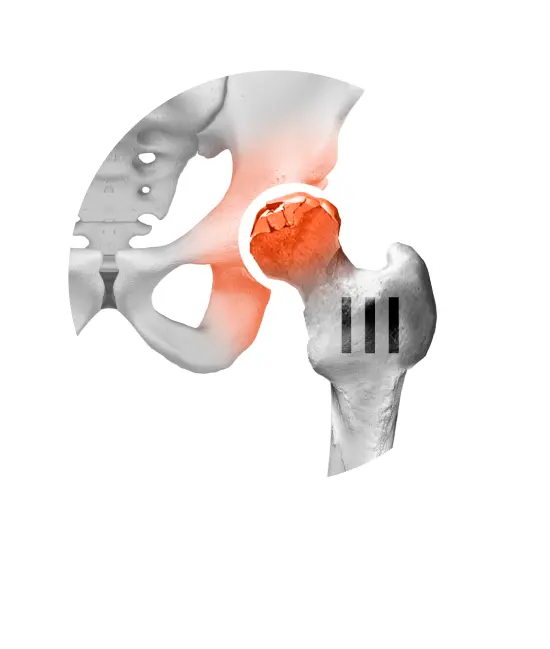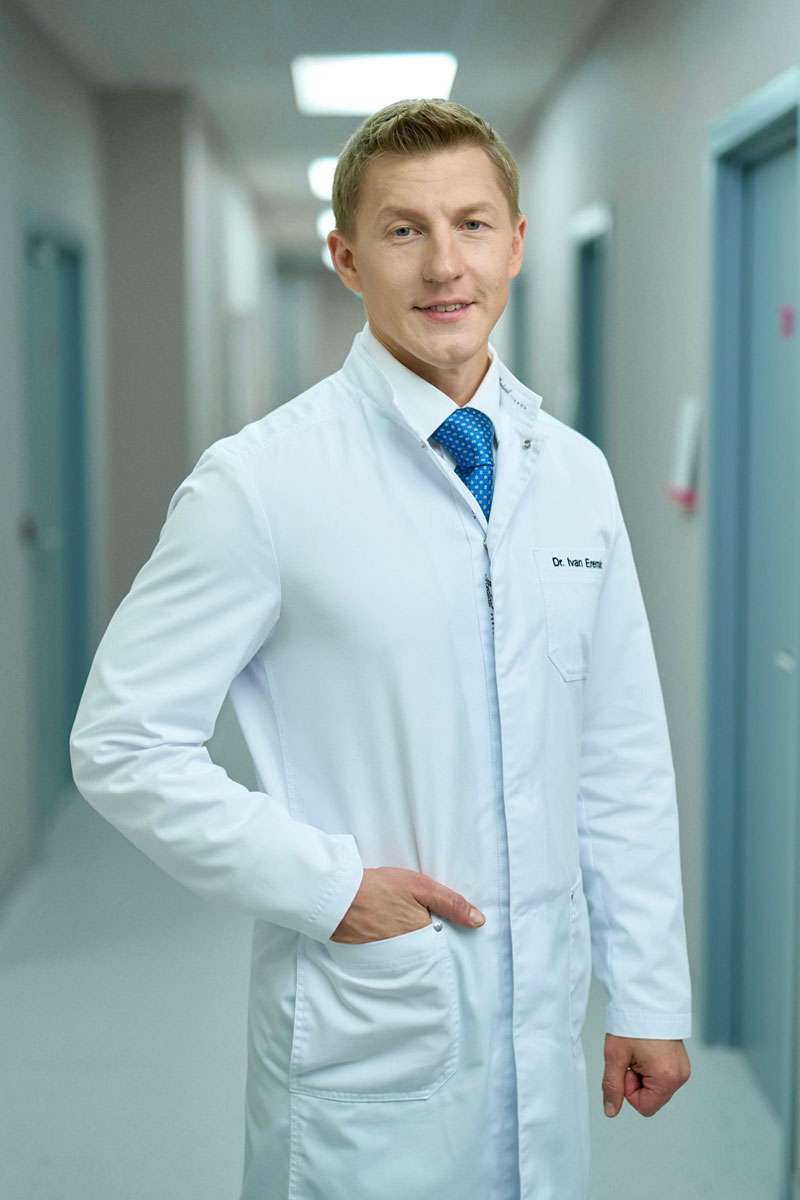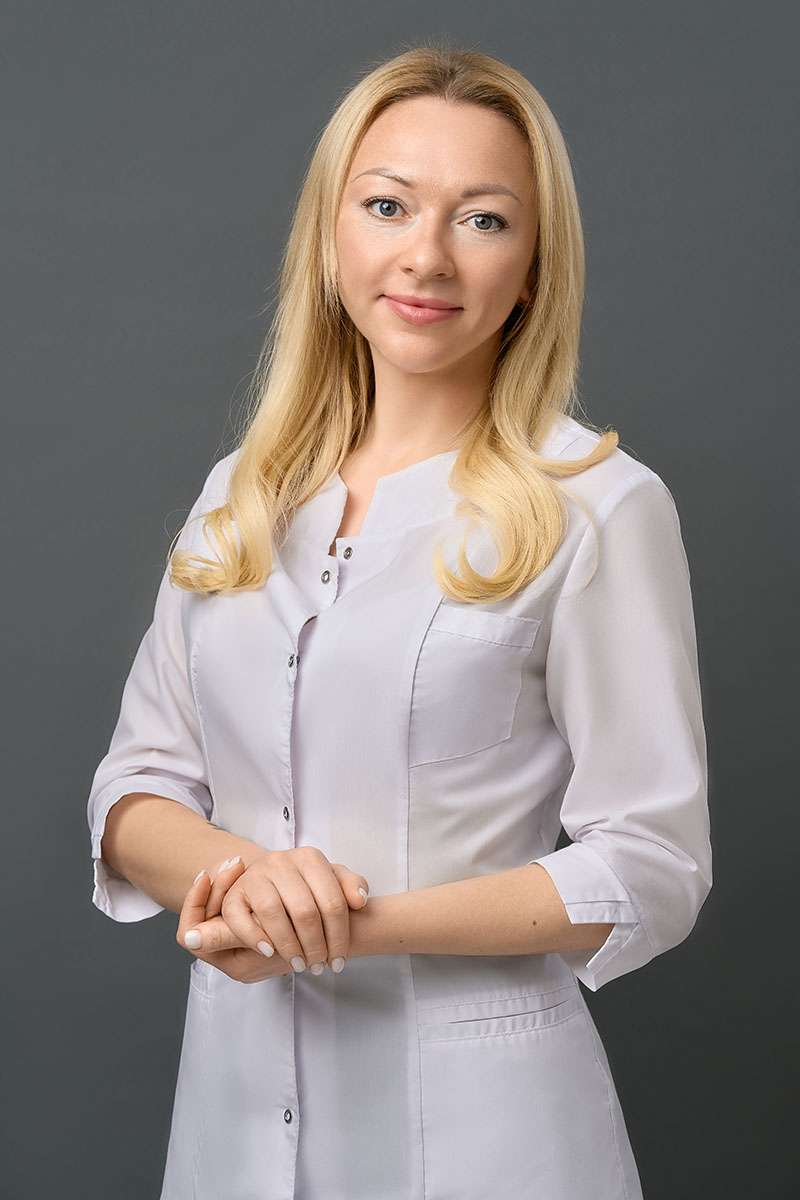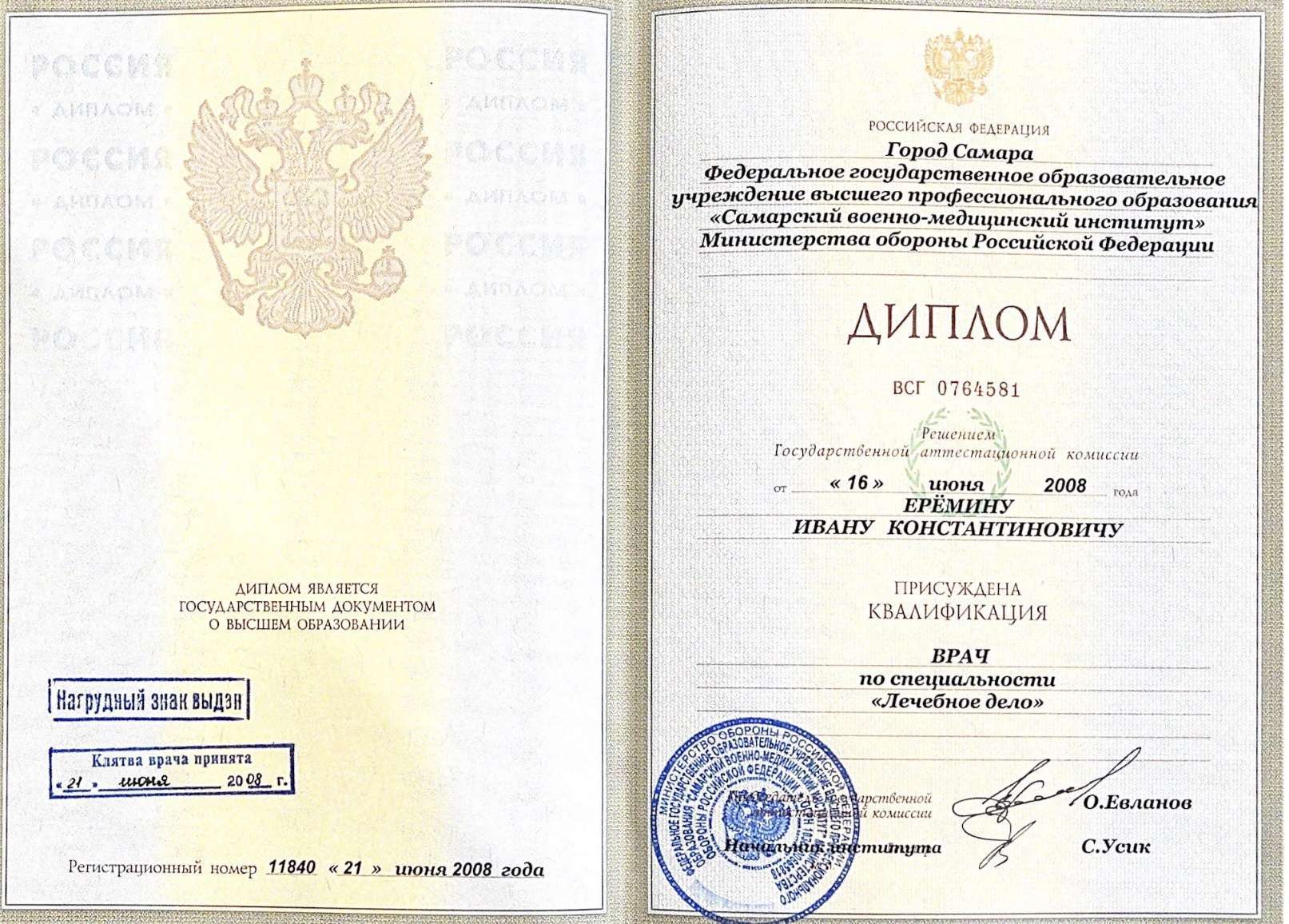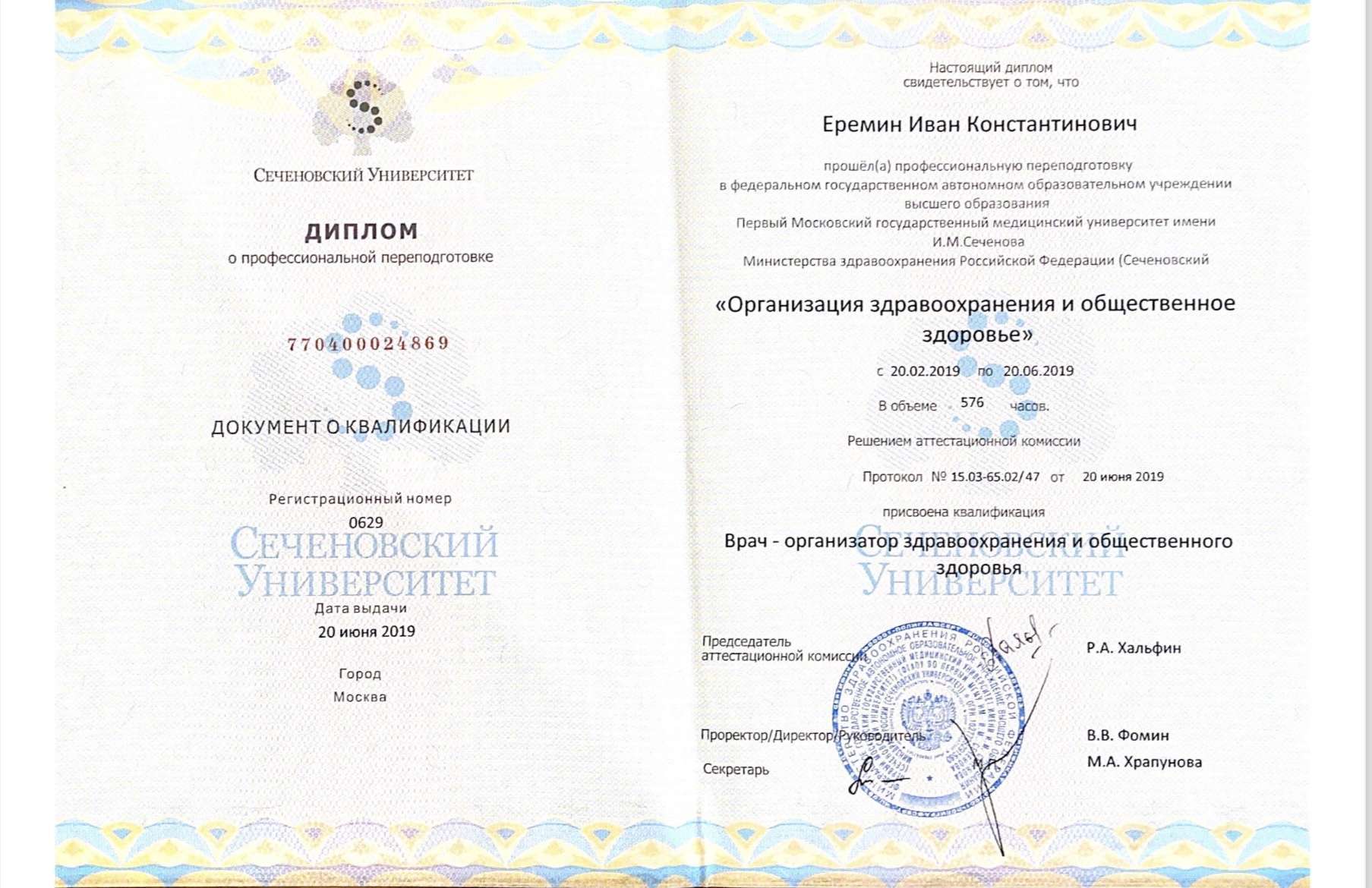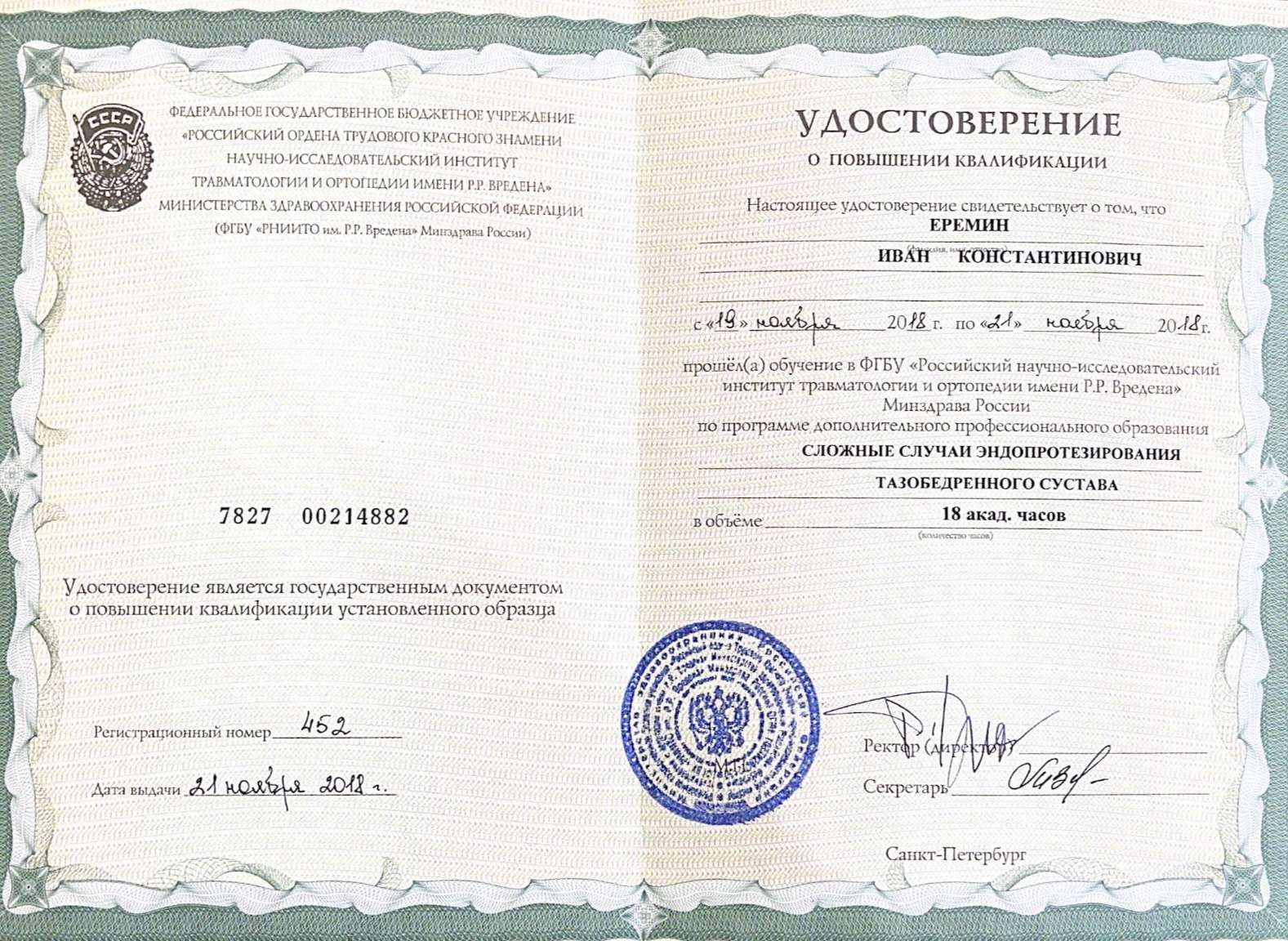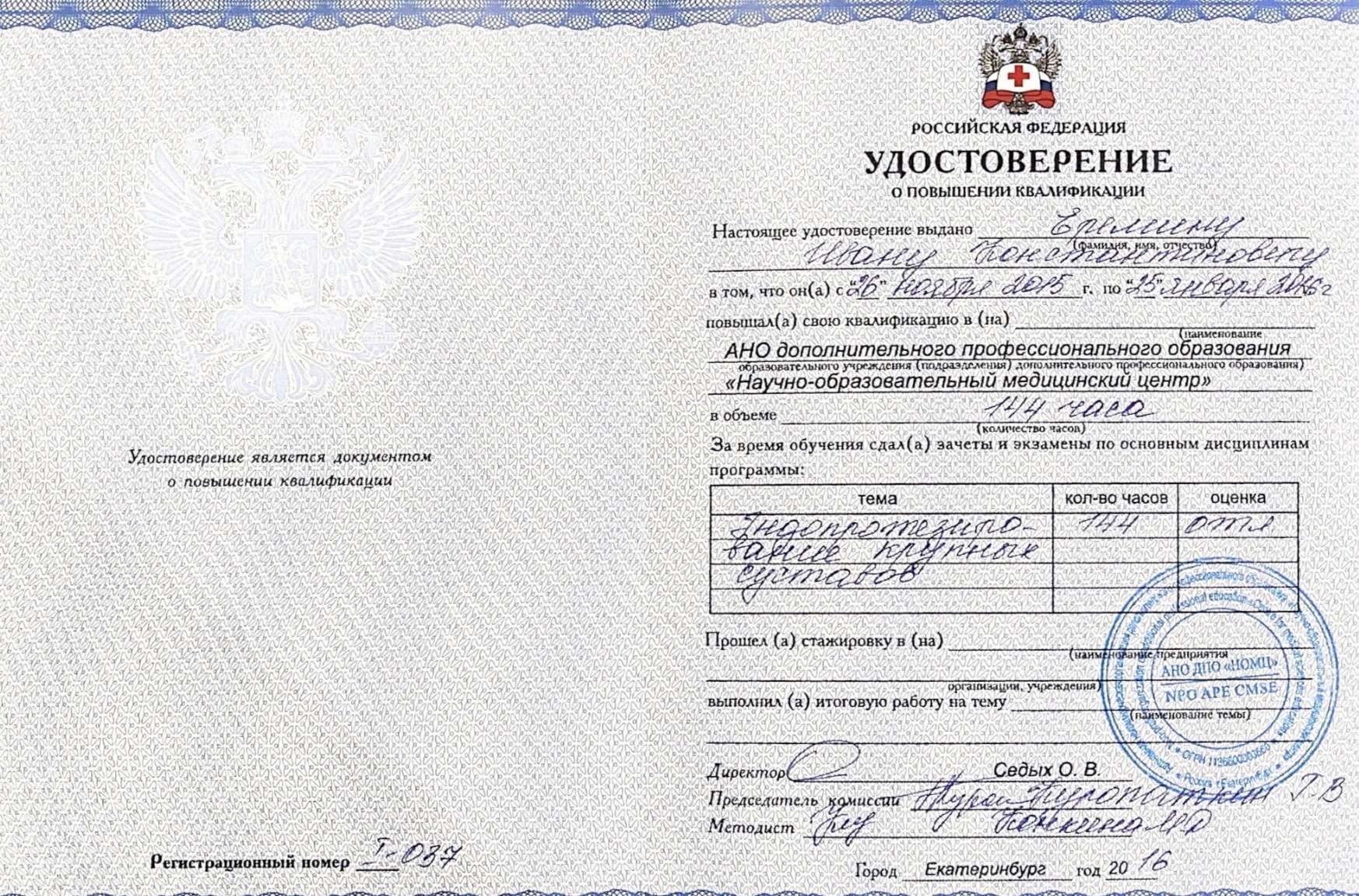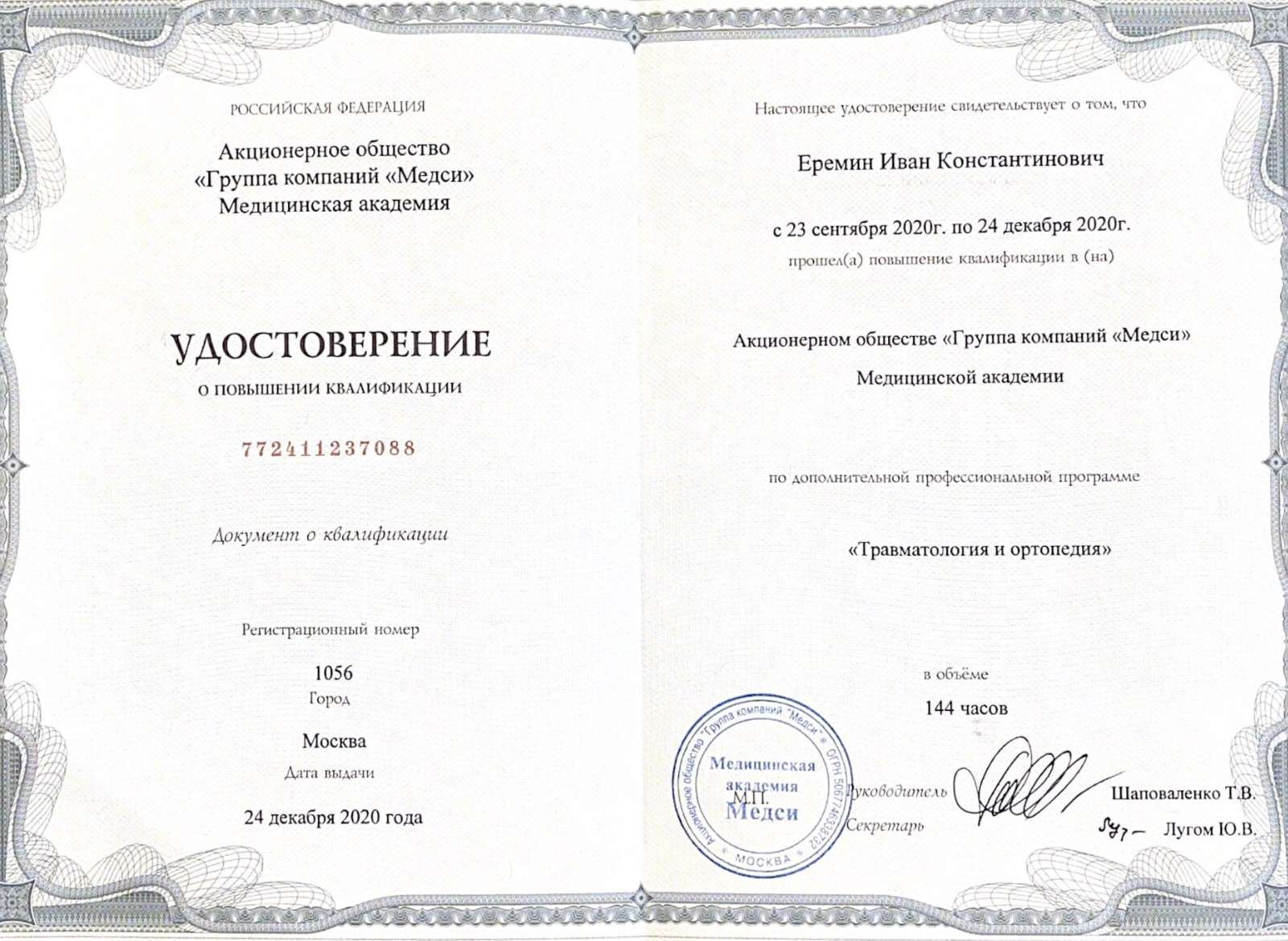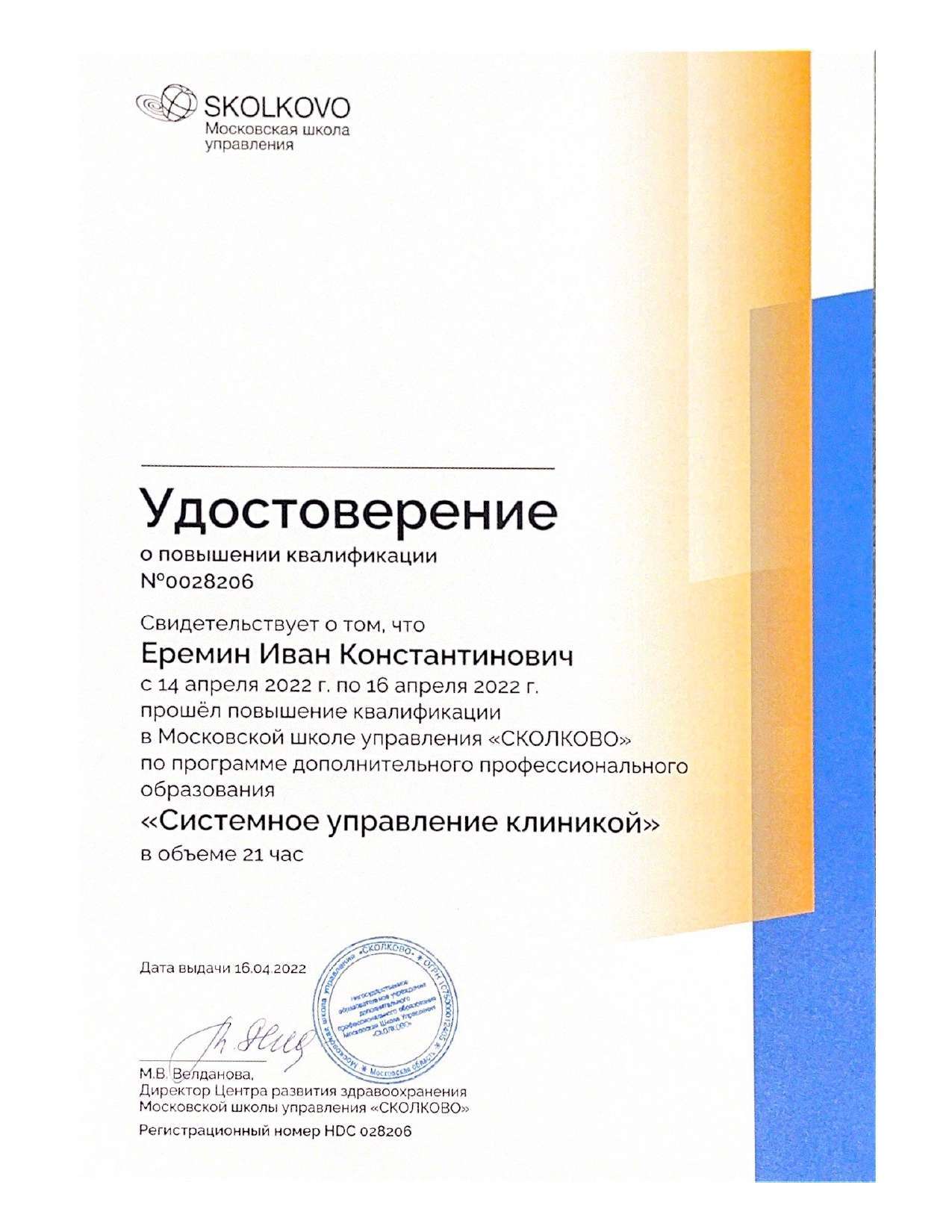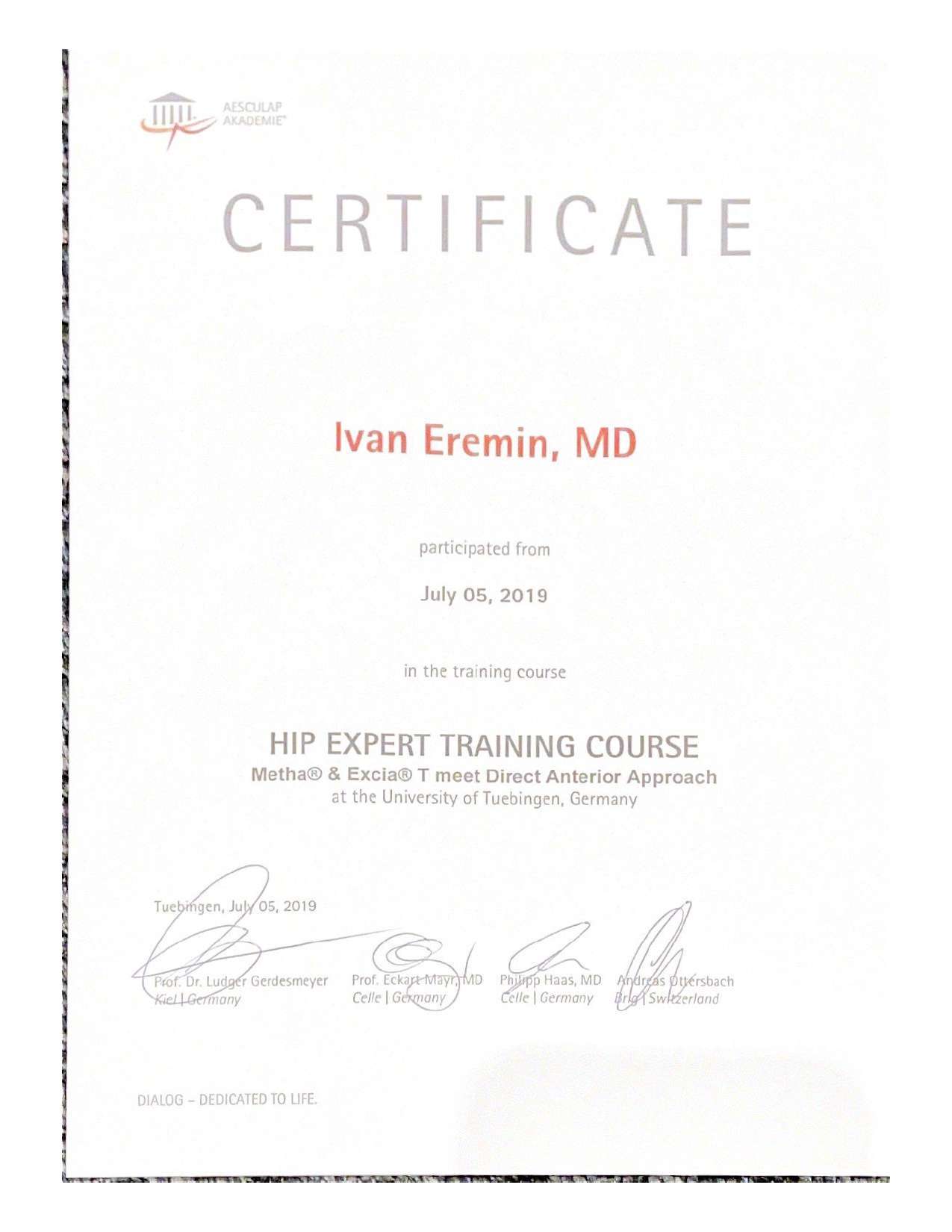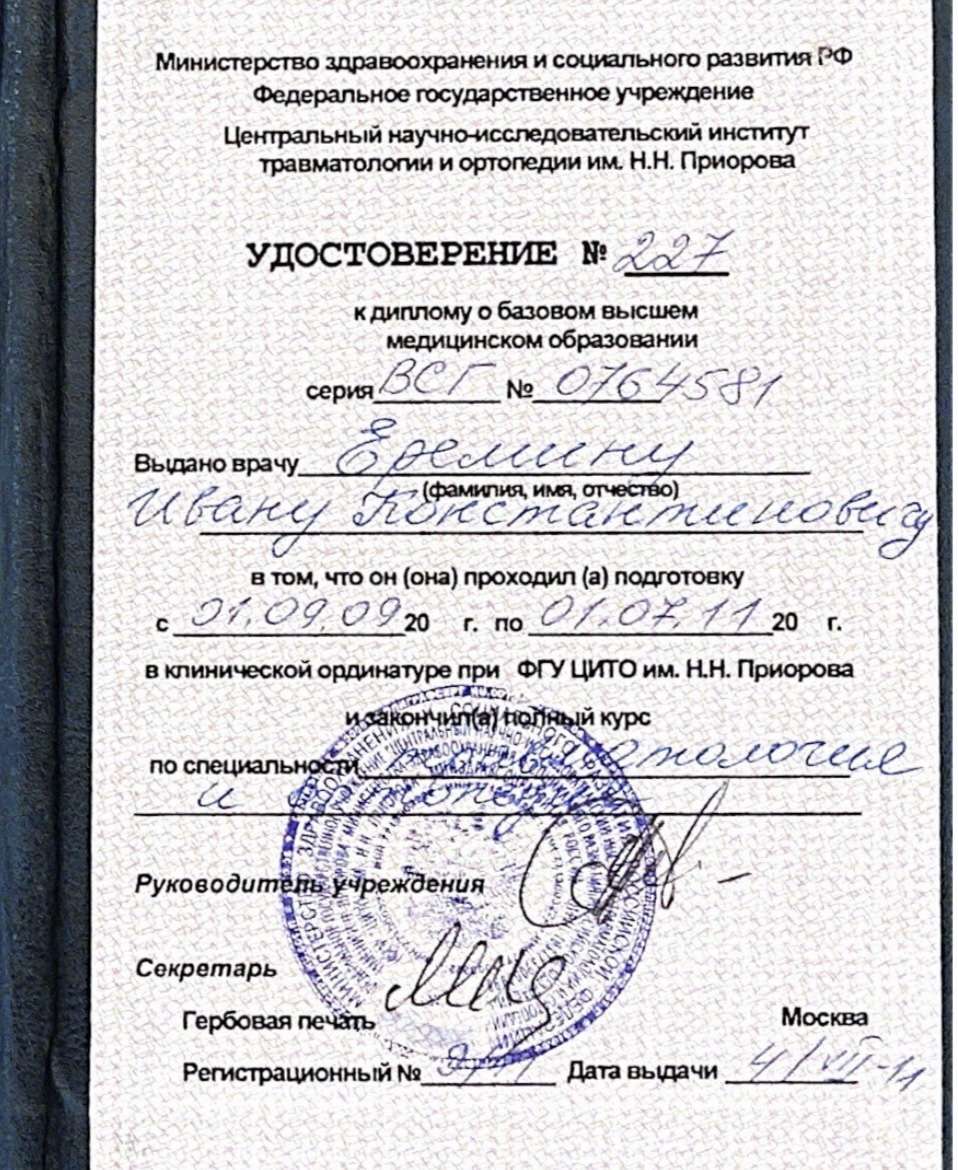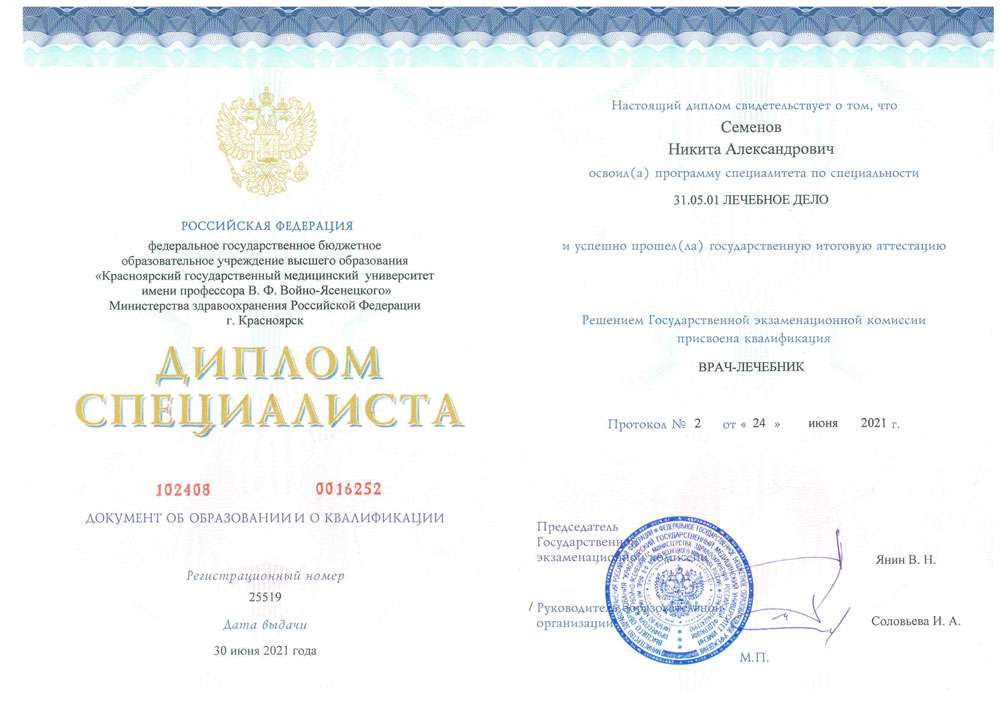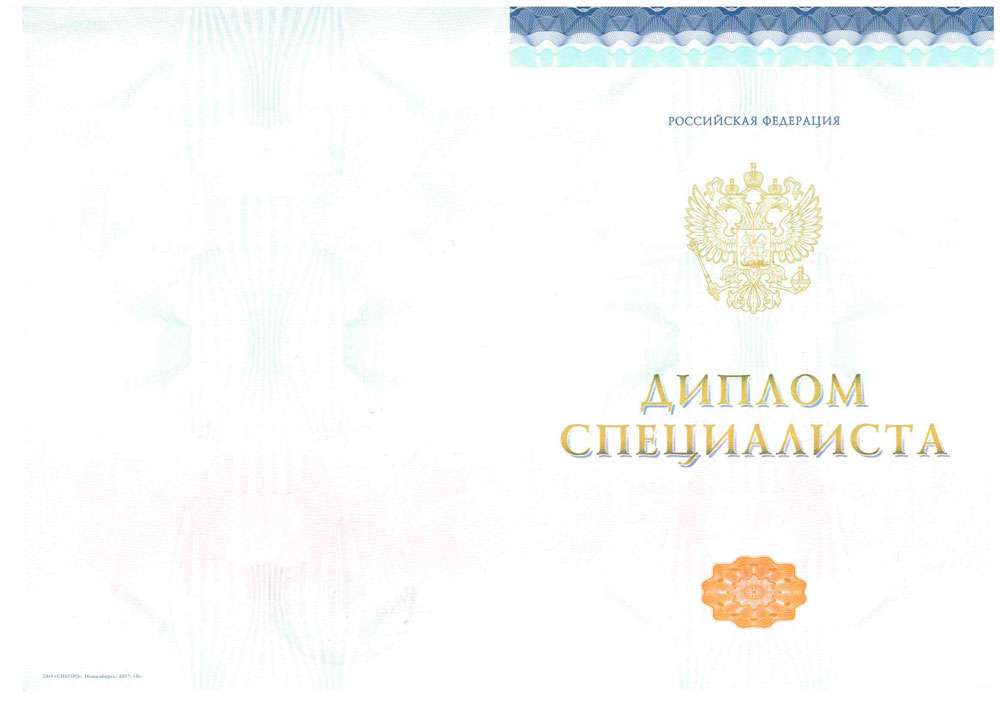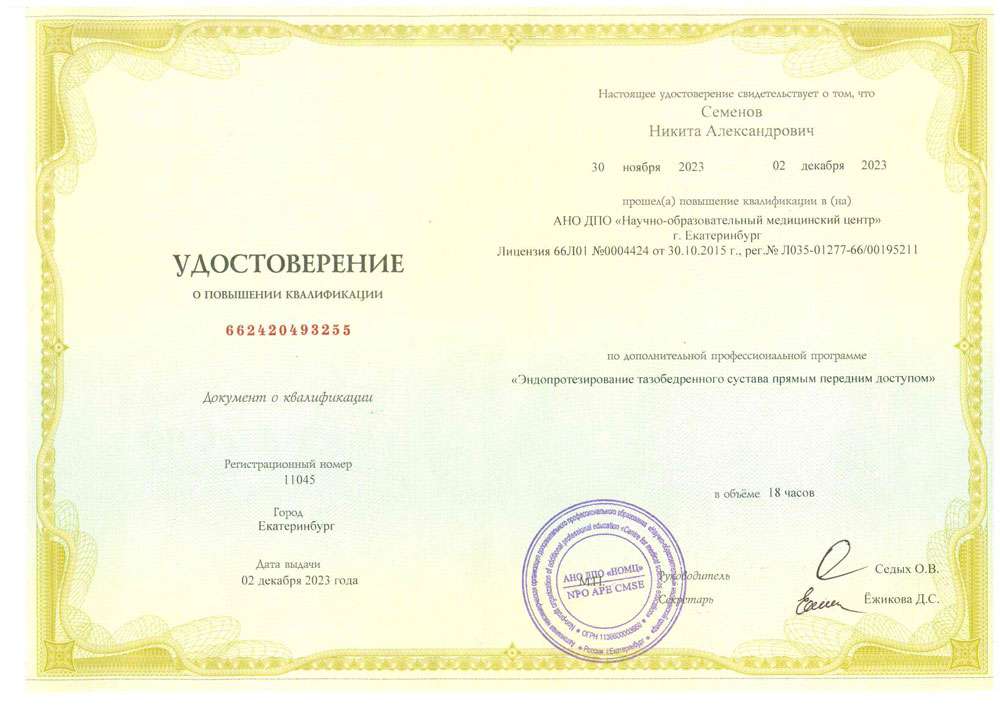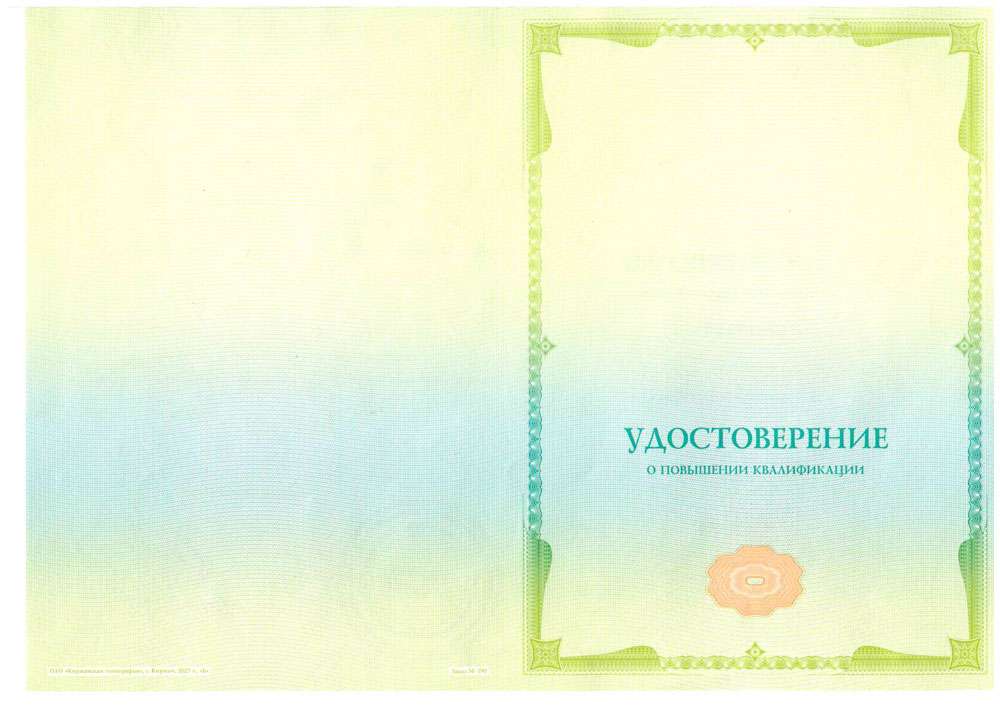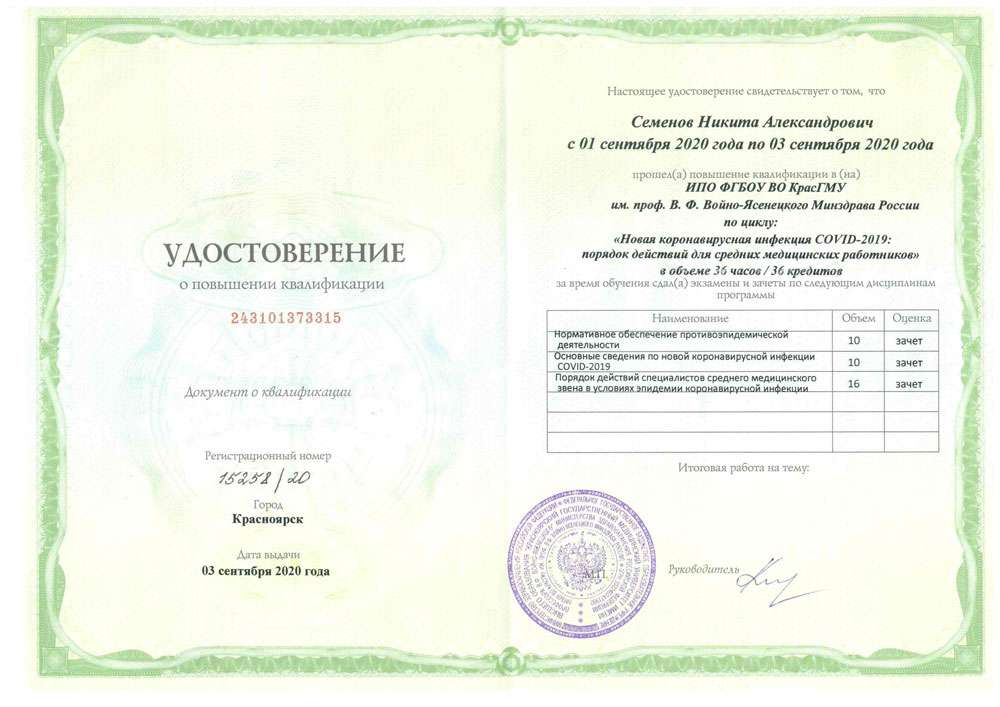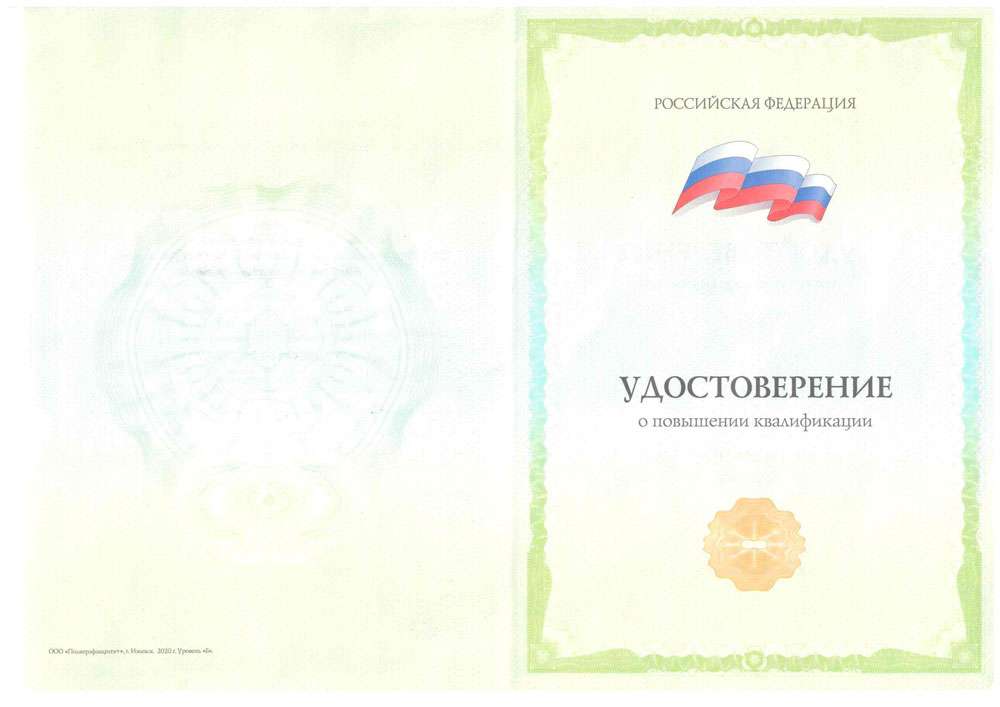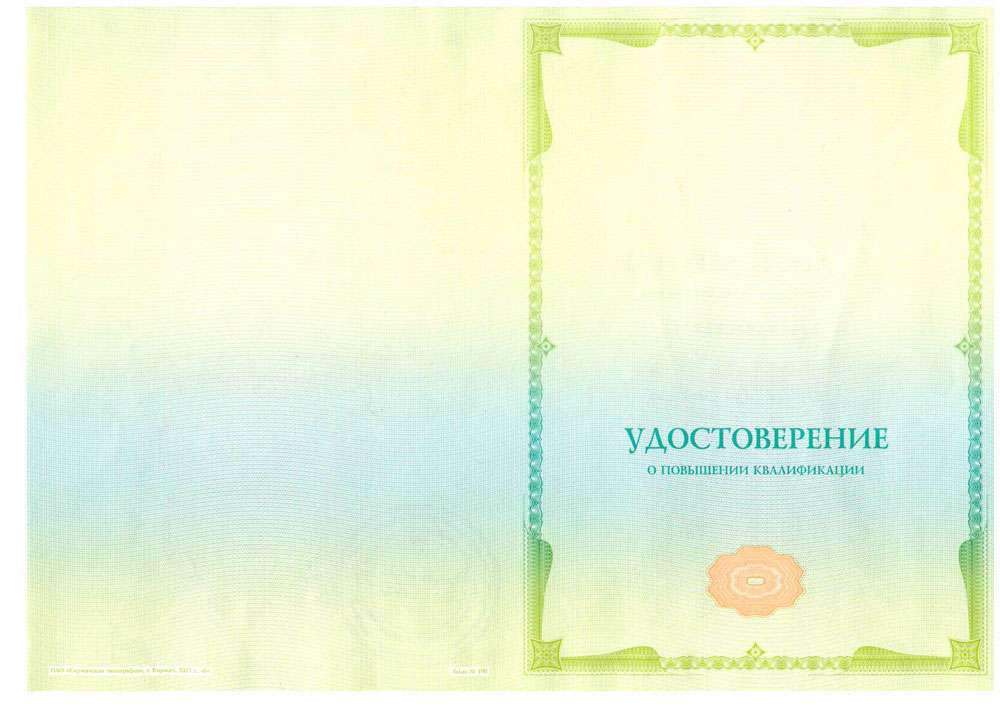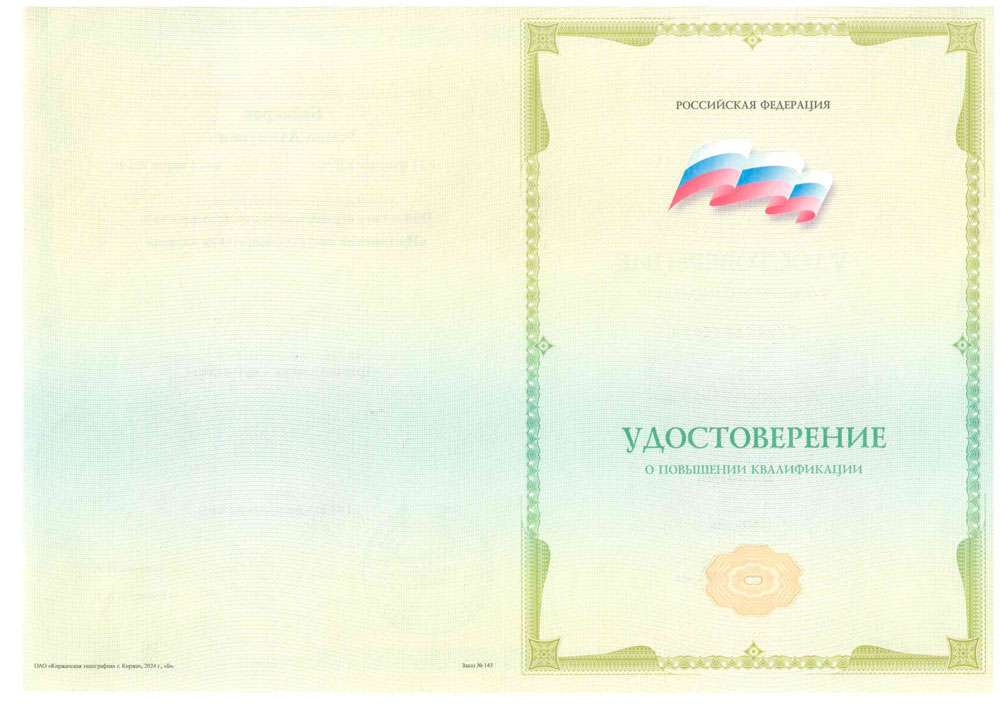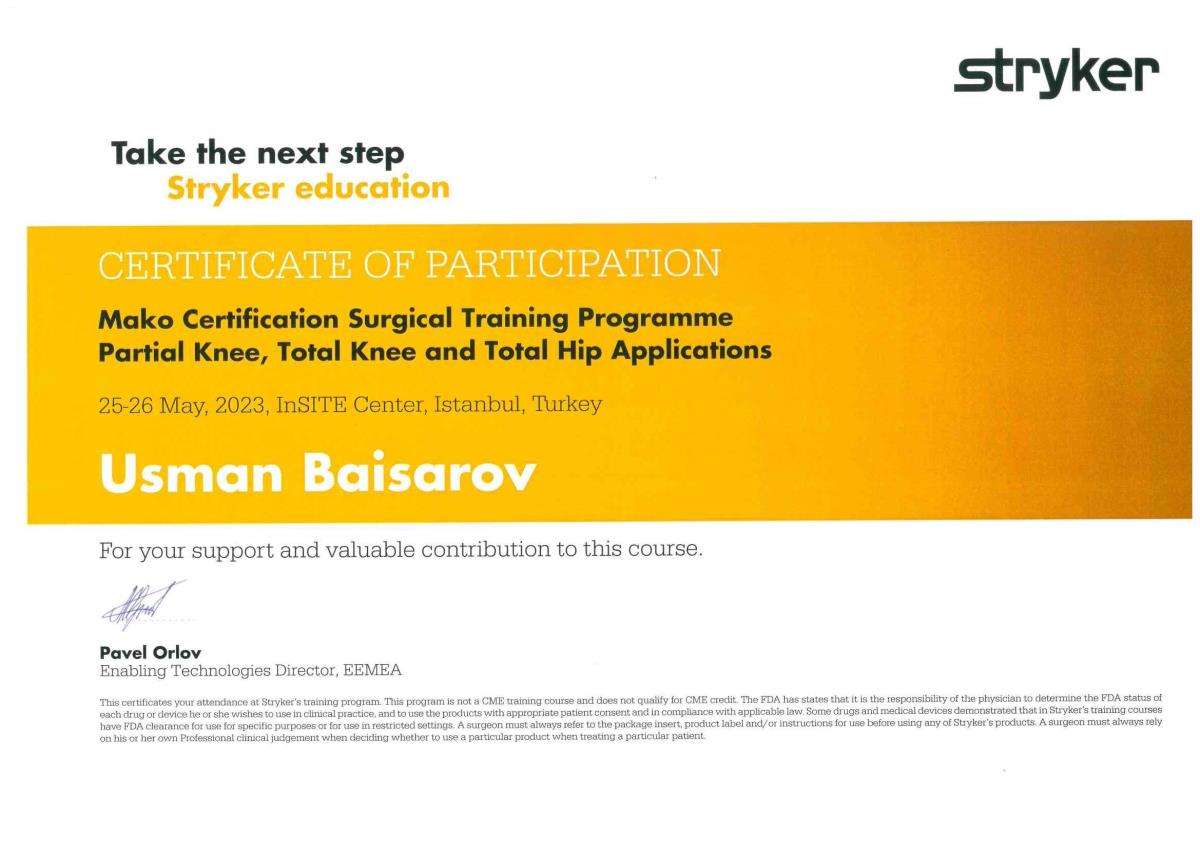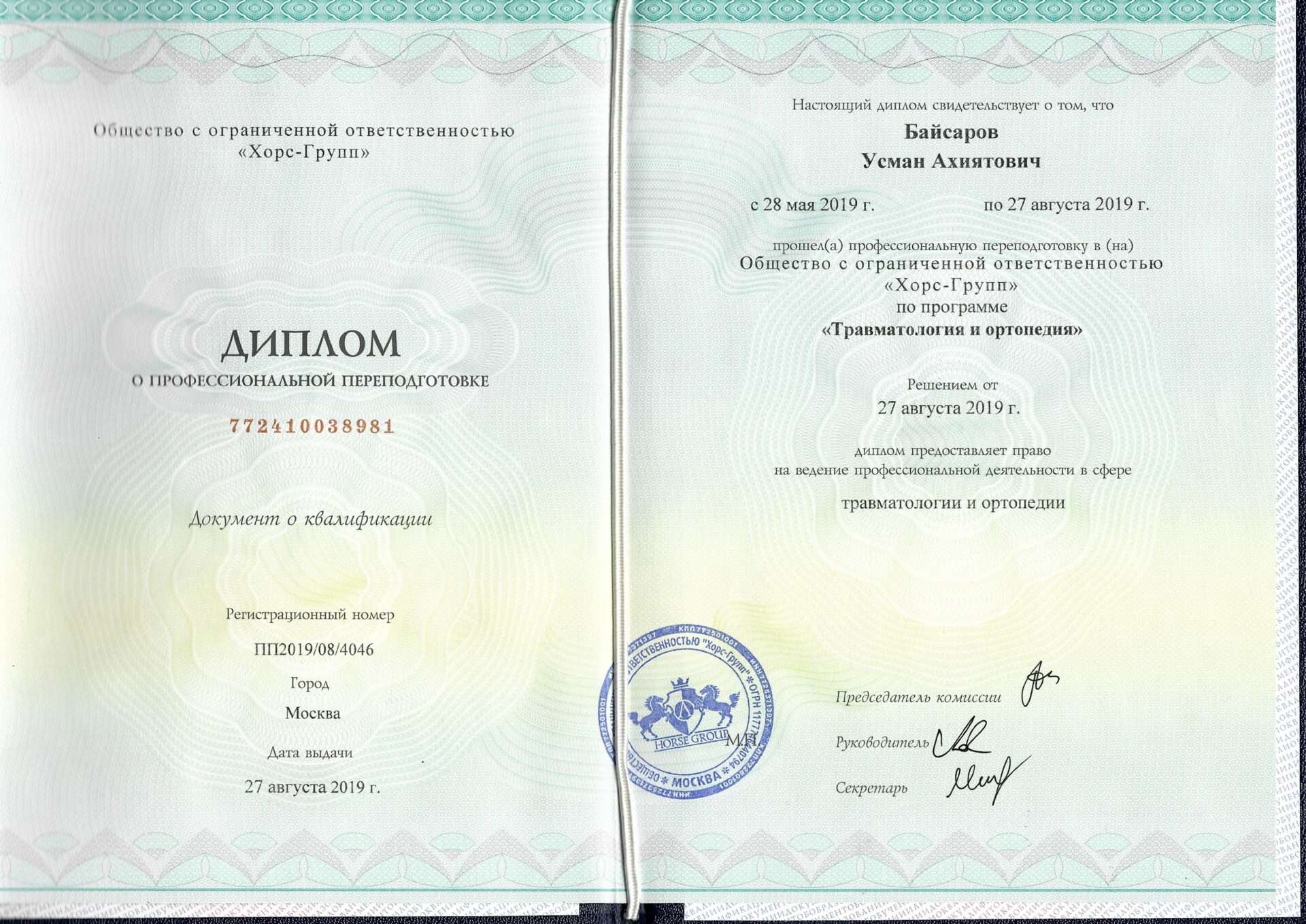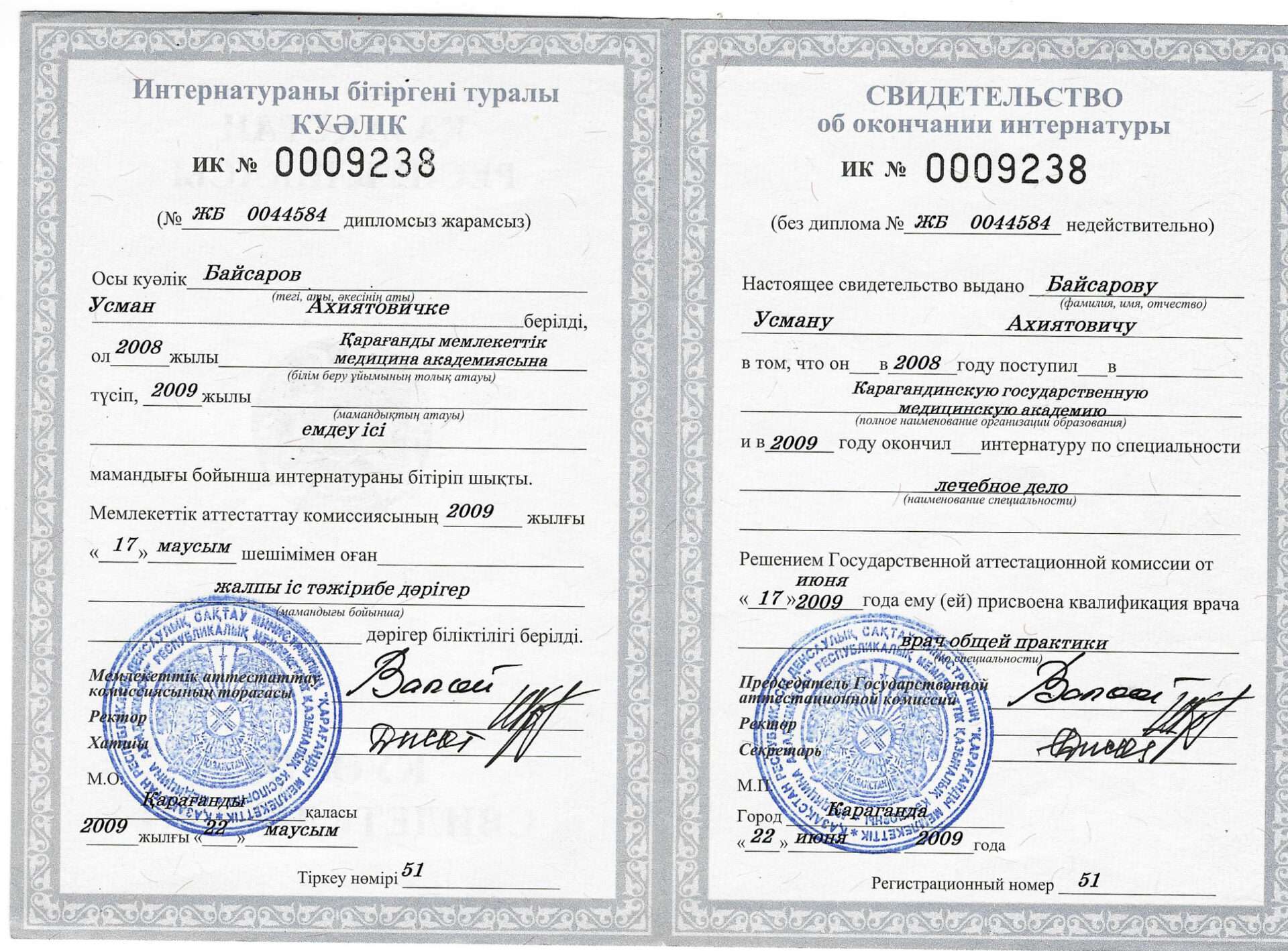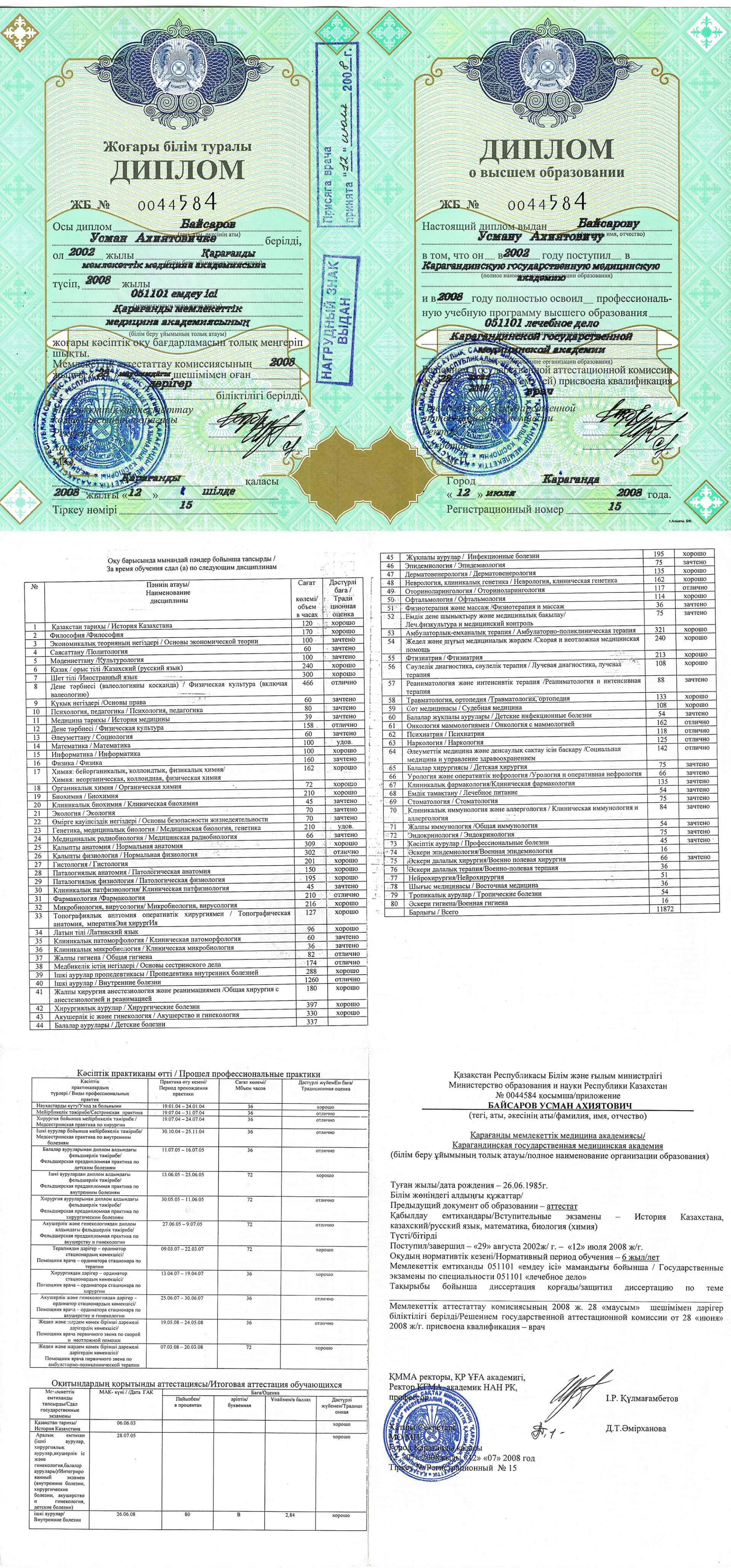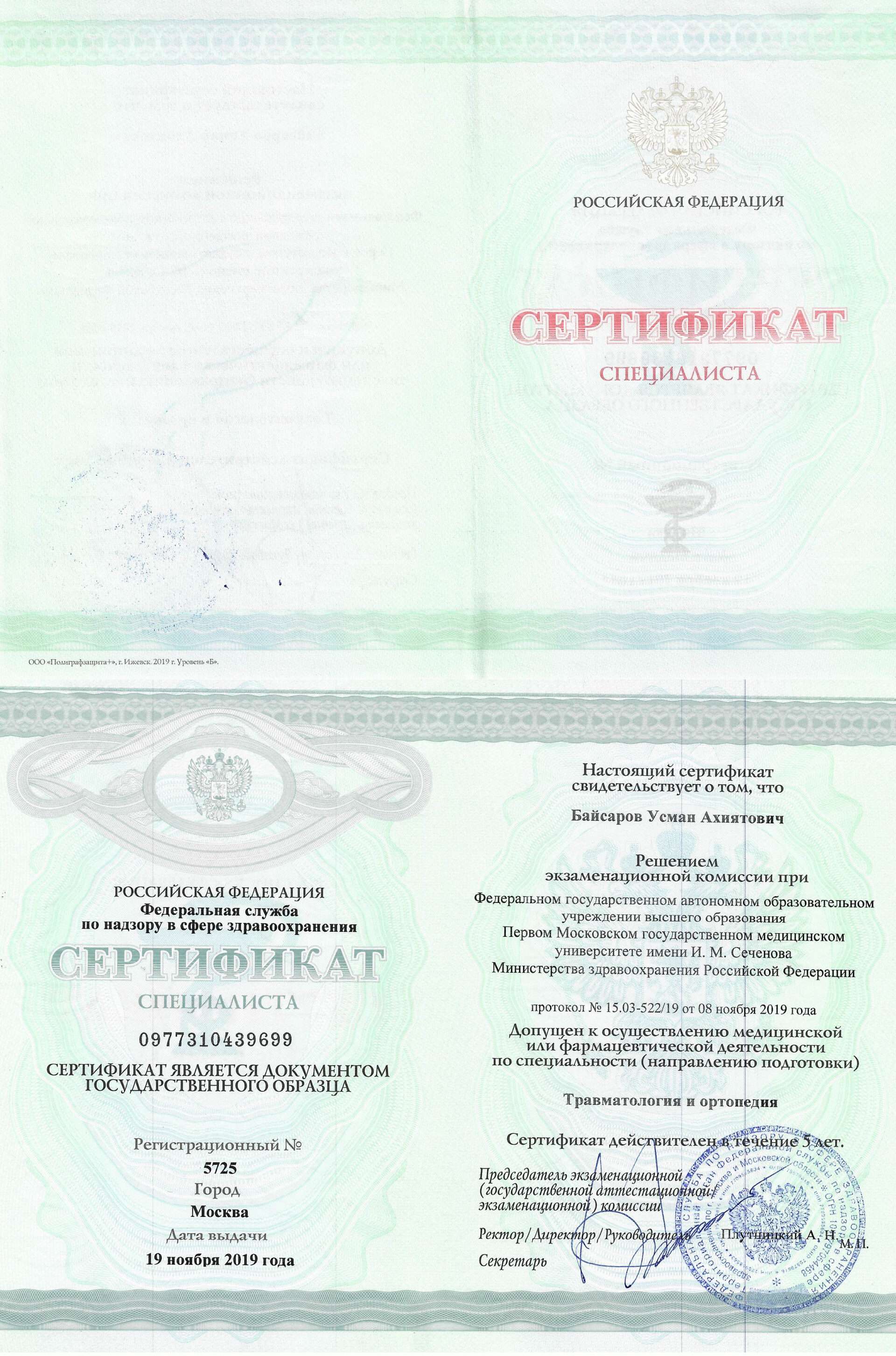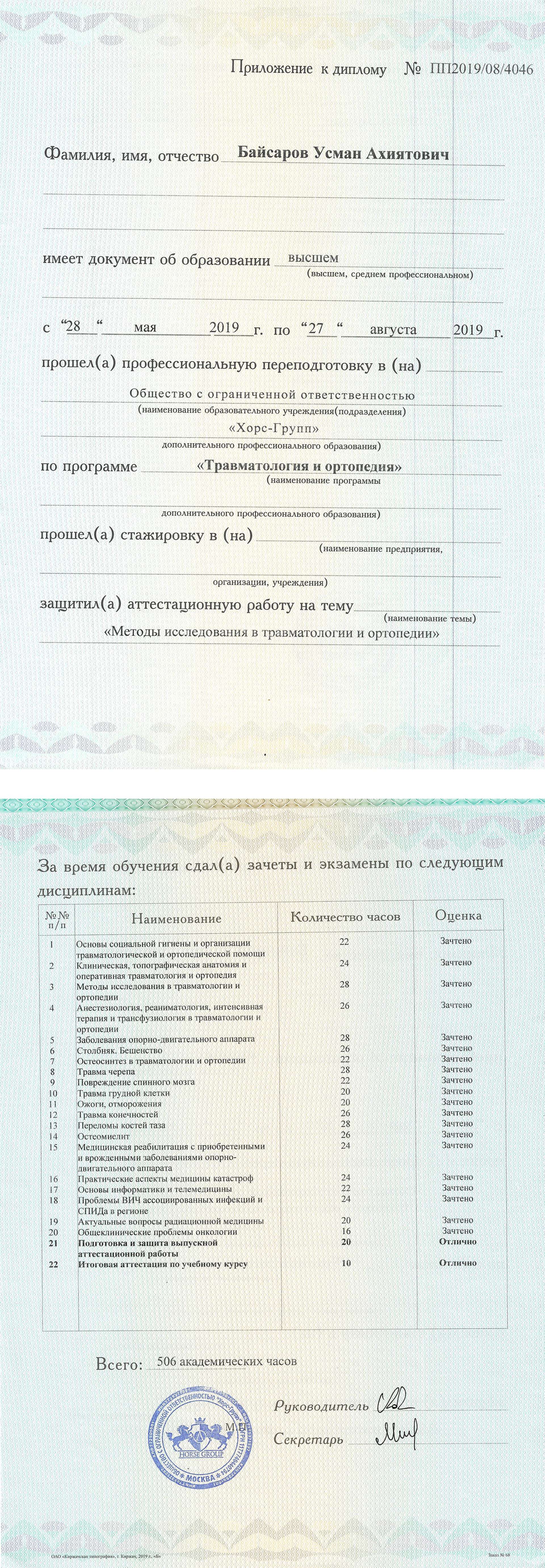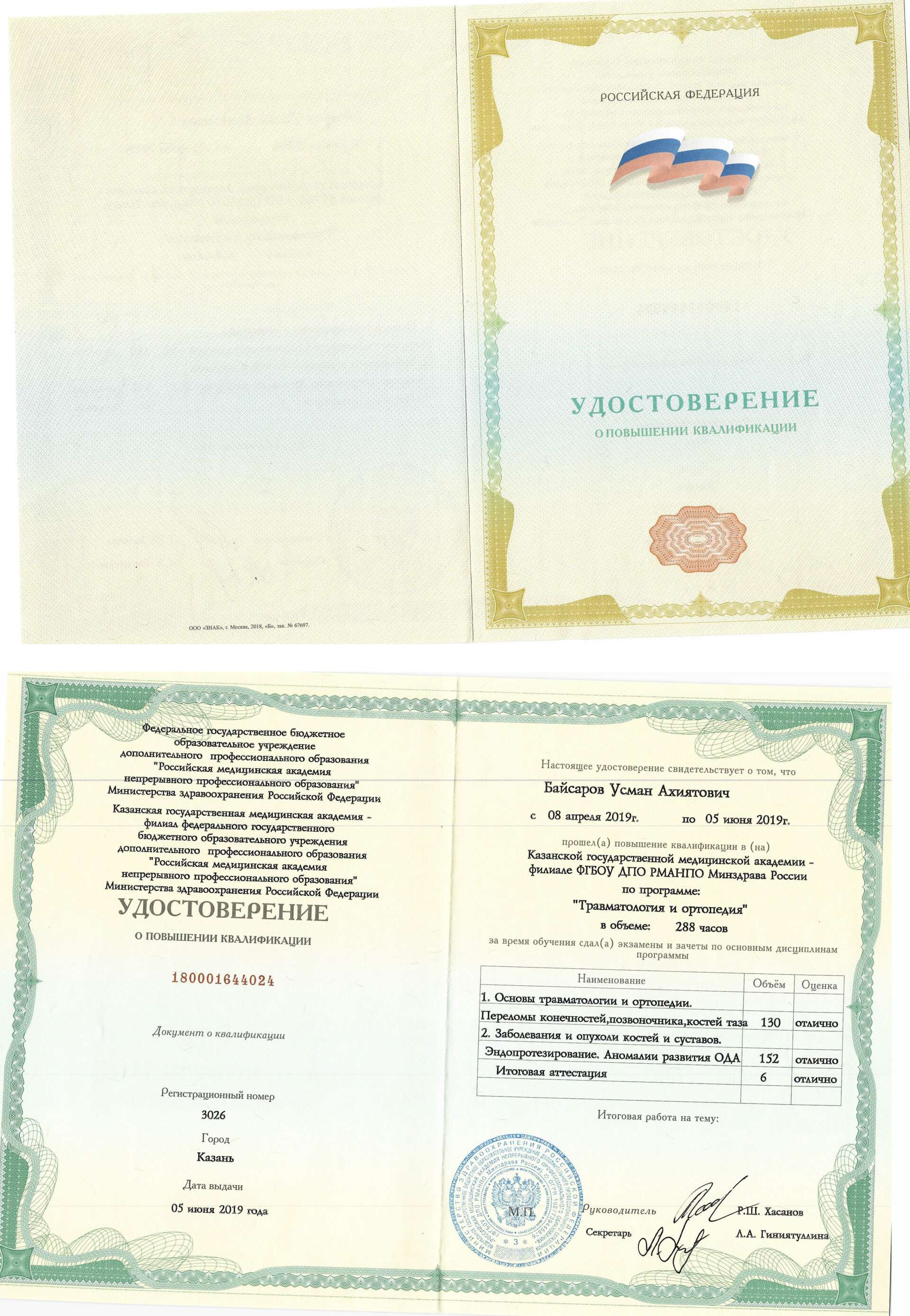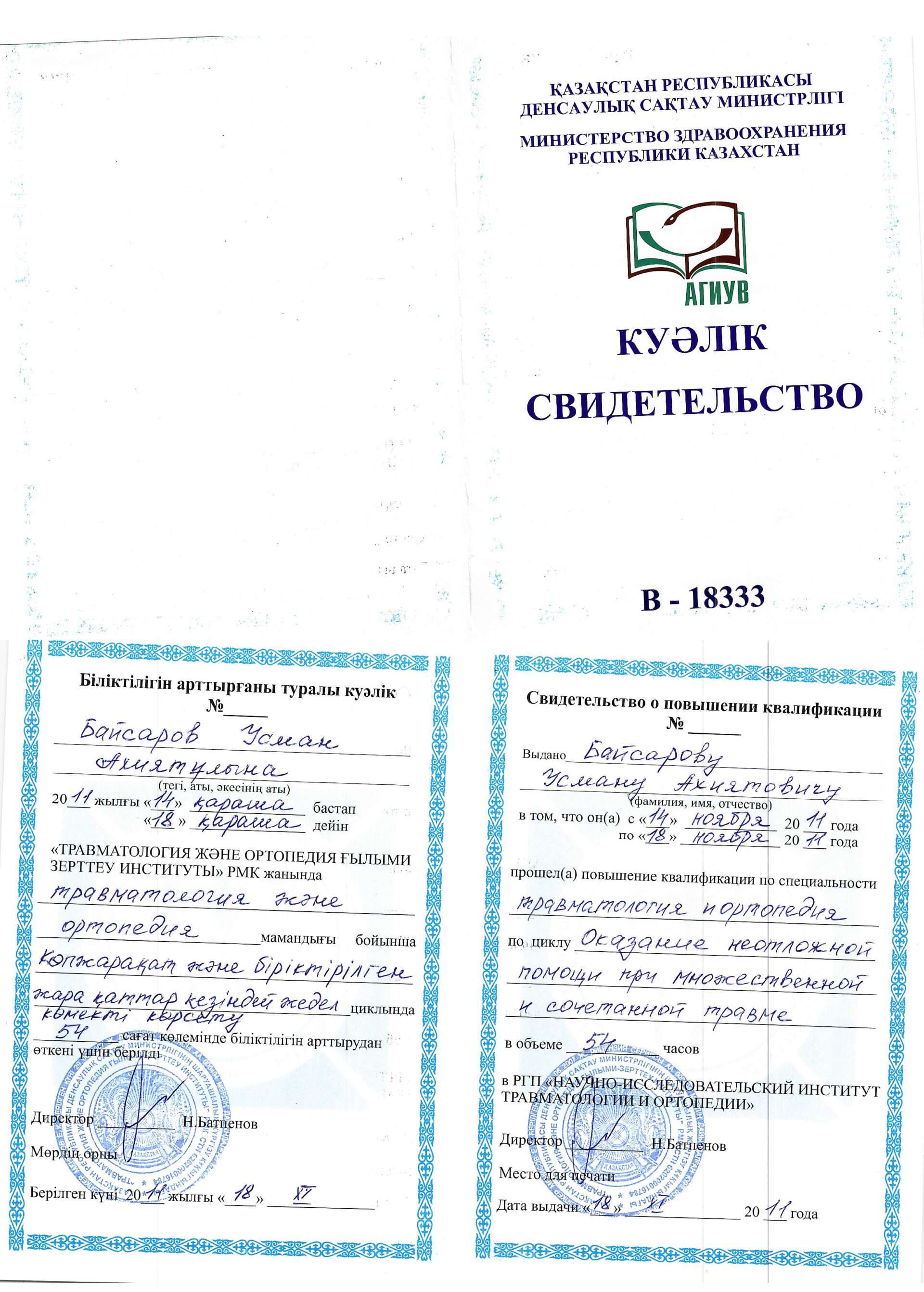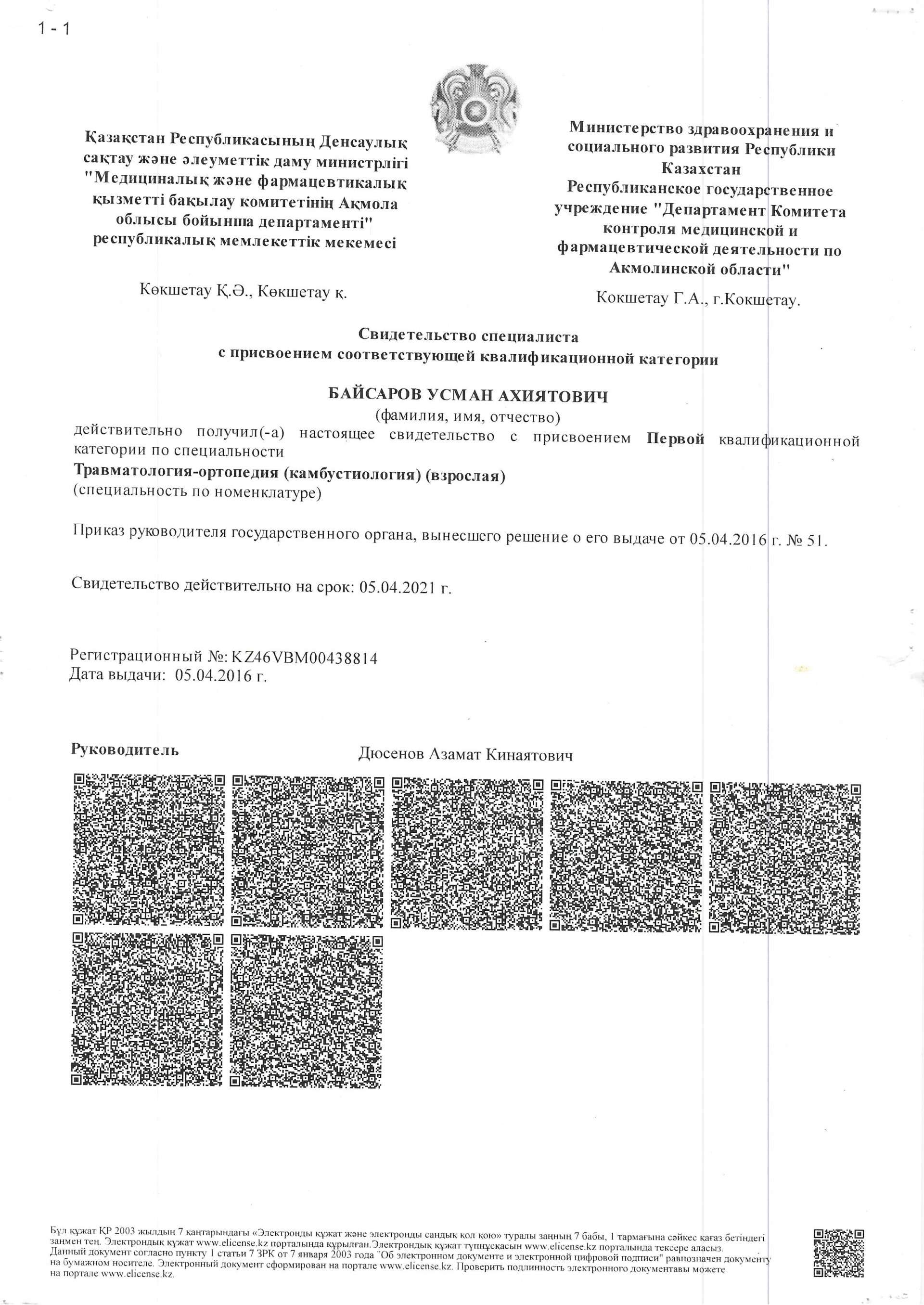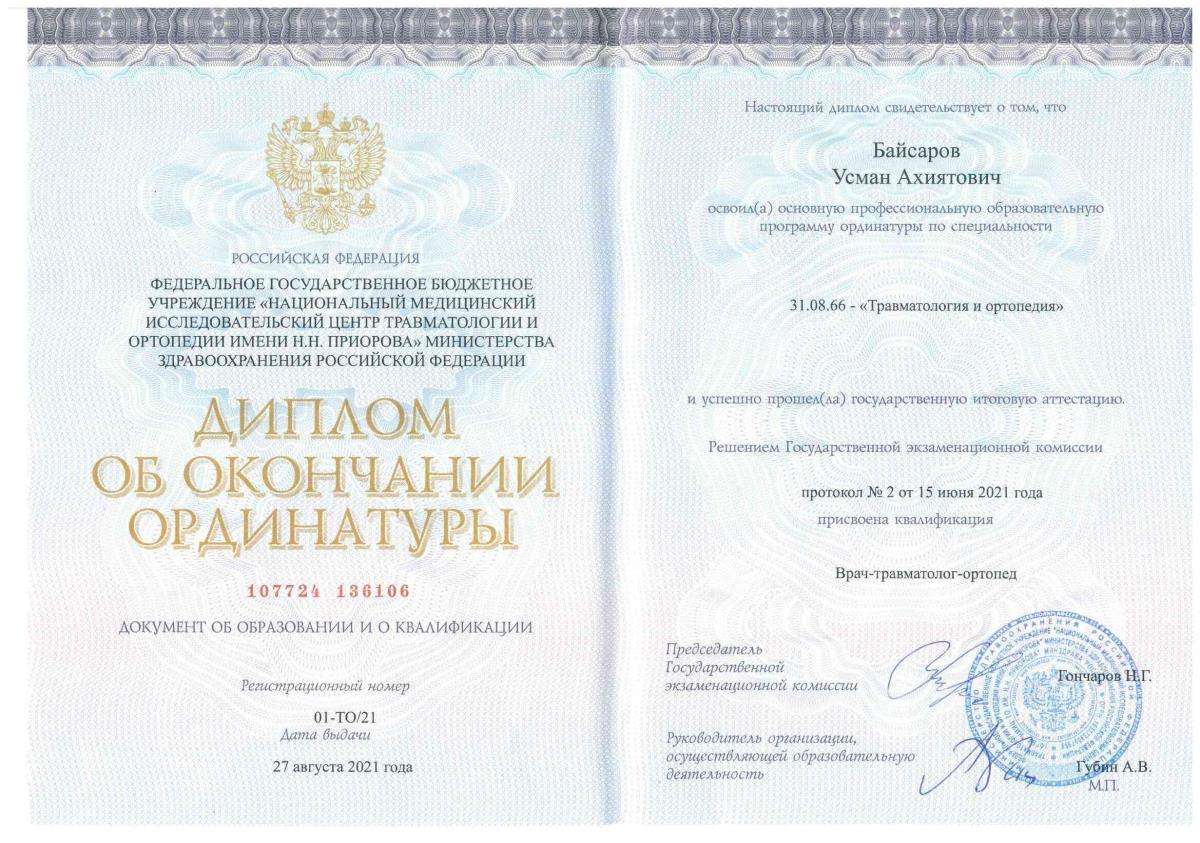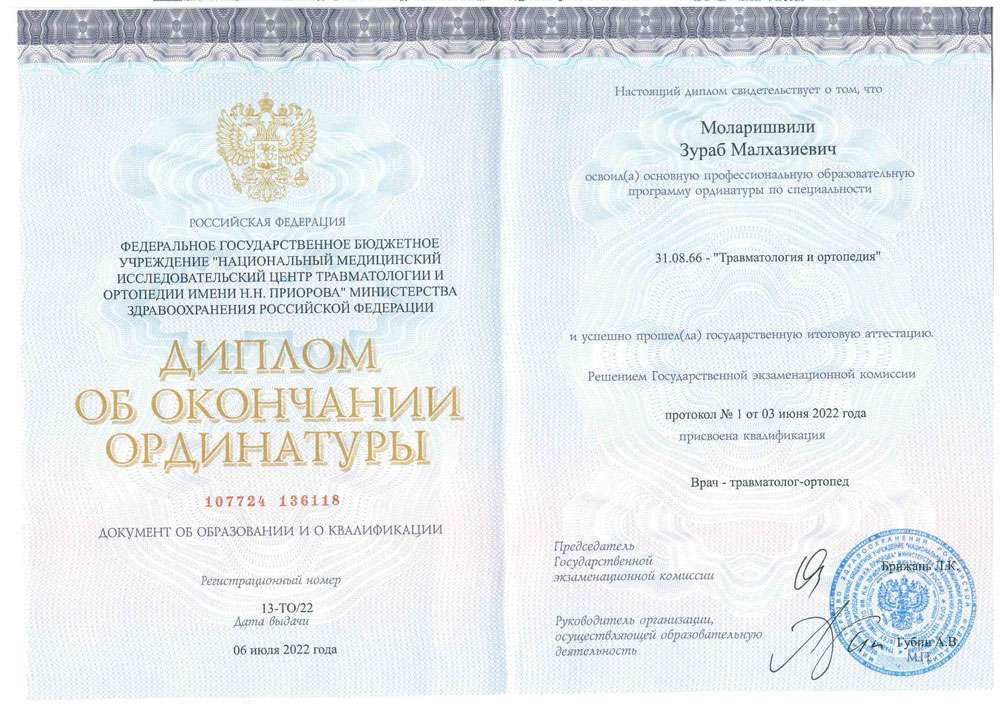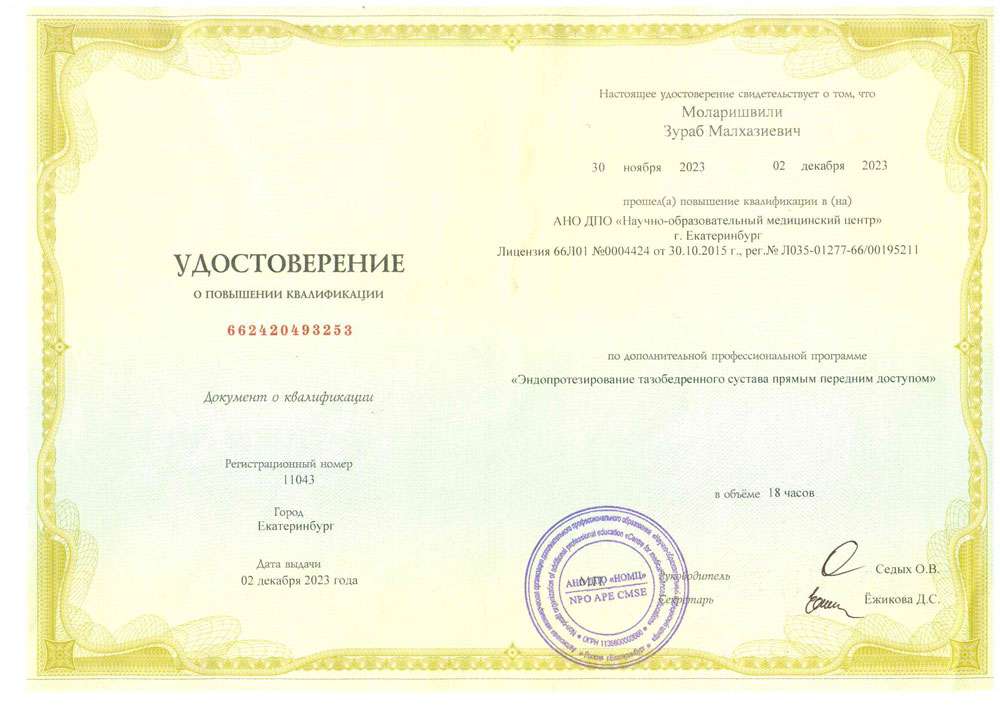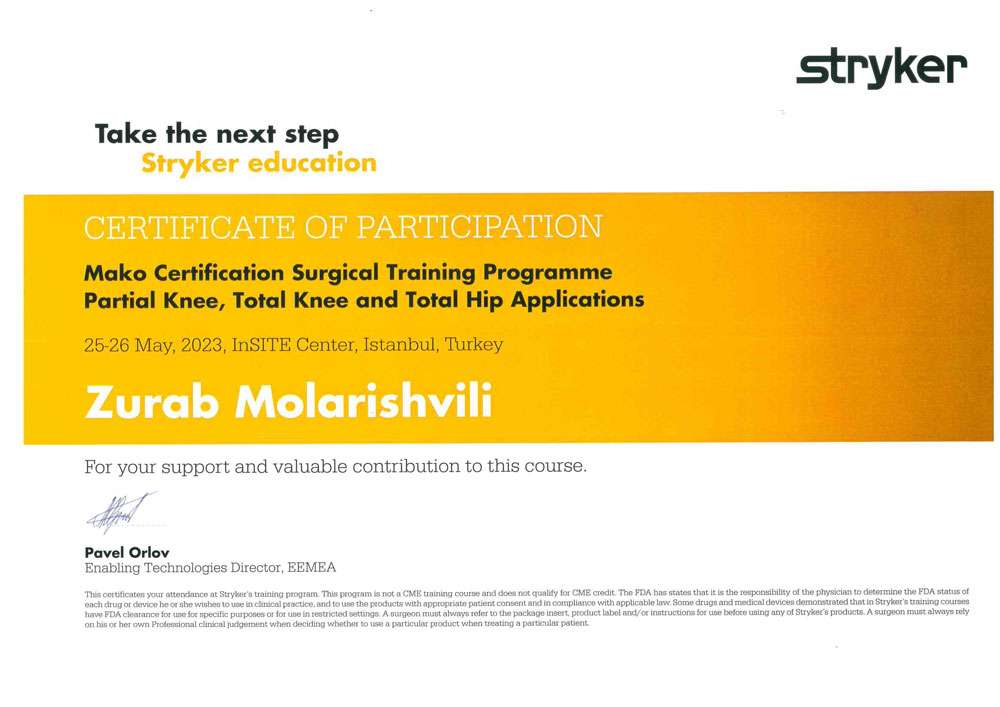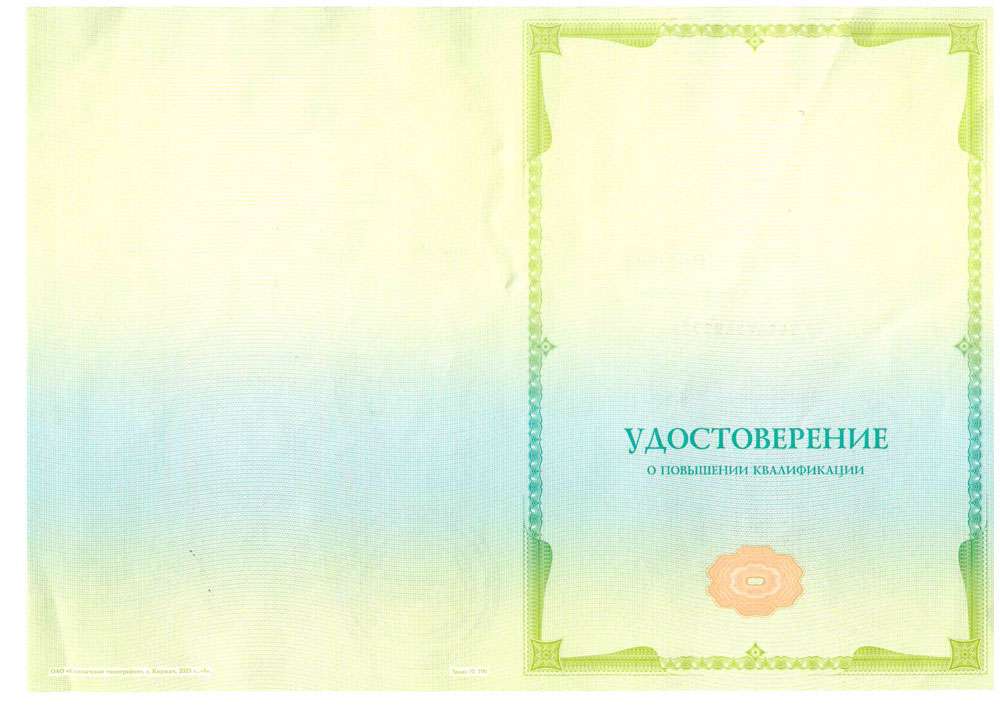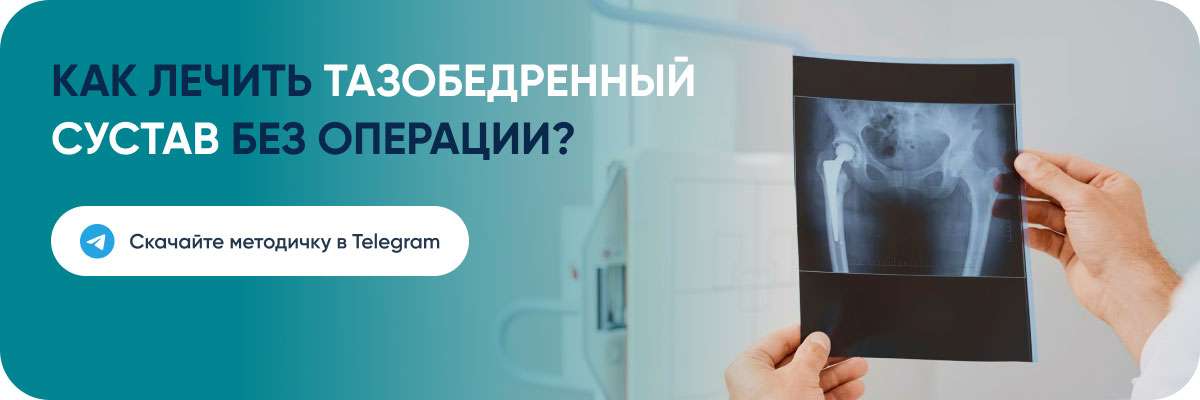

Grade 3 coxarthrosis is an advanced stage of the disease characterized by significant wear and tear of cartilaginous and periarticular structures. Patients faced with this form experience unbearable pain with every step, even sitting can be excruciating. This condition often requires surgery to restore mobility and relieve pain.
The last, third stage of coxarthrosis is the most severe. It is characterized by irreversible damage to the joint. It is characterized by a complete or partial growth of the joint fissure. As a result of such pathological changes, the hip joint becomes completely immobilized, and the patient becomes incapacitated. In this case, conservative therapy is ineffective and is used only to relieve clinical symptoms. The only way to restore motor function is through surgery.
Risk factors
Risk factors for coxarthrosis Grade 3:
- age over 45 years;
- hormonal restructuring of the body in the postmenopausal period in women;
- endocrine pathologies;
- flatness;
- curvature of the spinal column;
- metabolic disorders.

Our doctors
Causes of coxarthrosis
Among all joints of the human body, the hip is the largest joint. It has a heavy load every day, thanks to which a person performs everyday movements: walks, runs, jumps, carries heavy things. Therefore, it is not surprising that the joint is highly susceptible to the development of degenerative-dystrophic changes, namely coxarthrosis.
-
 Circulation failure in the joint
Circulation failure in the joint
Leads to nutritional deficiencies in tissues -
 Traumas
Traumas
Entail damage to cartilage tissue -
 Overweight
Overweight
Exerts excessive stress on the hip joint and lower extremities -
 Genetic predisposition
Genetic predisposition
-
 Hormonal imbalance
Hormonal imbalance
-
 Somatic diseases
Somatic diseases
Historical conditions included infection, femoral necrosis, diabetes mellitus -
 Excessive physical activity
Excessive physical activity
Professional sports -
 Hypodynamia
Hypodynamia
Sedentary work -
 History of arthritis
History of arthritis

Symptoms
The early stages of coxarthrosis proceed with sluggish symptoms. Most often, there is a little pain and discomfort in the hip joint. Painful sensations appear during exercise and disappear after rest.
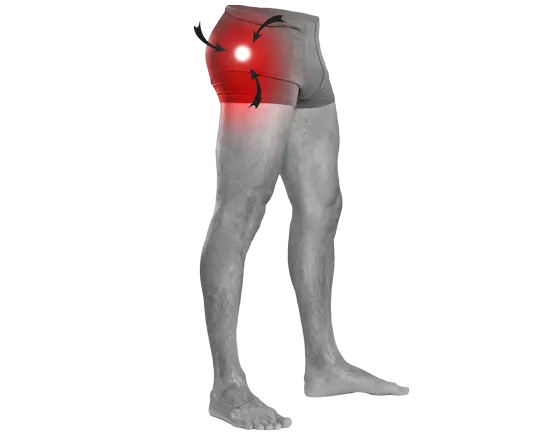
even at rest. Painful sensations occur spontaneously, even at night. Because of this, patients often complain of sleep disturbance and insomnia. Soreness spreads to the inguinal region and hips.
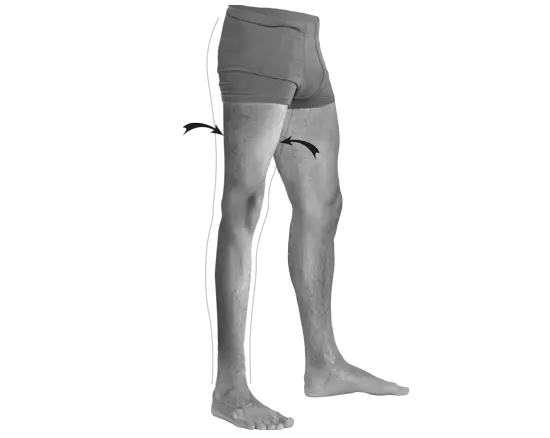
The leg from the side of the lesion becomes thin and shortened, acquiring a thinned appearance.
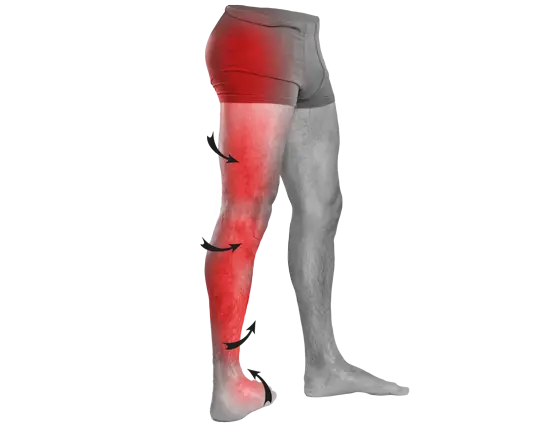
The injured leg takes a forced position and turns inward.

Feeling restricted or difficult to move after waking up. To eliminate discomfort, they need to stretch or «walk about» within 20-40 minutes.
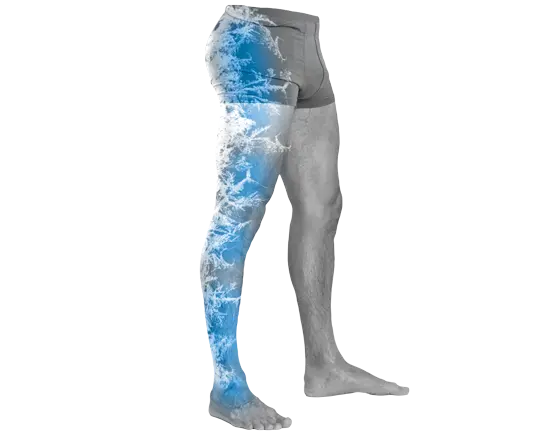
Movement is possible only using auxiliary means: strollers, canes, walkers or crutches.
Diagnostics
To make a diagnosis and assess the current condition of the hip joint, a comprehensive diagnosis is used:
It is prescribed as an additional investigation and if there are contraindications for MRI
The main method, characterized by availability and basic information content
Used less often, but allows you to assess the condition of joint structures and soft tissues
CBC, biochemistry blood test, C-reactive protein, rheumatoid factor
Treatment of Grade 3 coxarthrosis
Treatment of Grade 3 coxarthrosis without surgery is aimed at:
- inflammation relief;
- elimination of disease symptoms, improvement of patient’s well-being;
- improvement of trophism in cartilage tissue;
- increase of joint mobility;
- strengthening of articular muscles;
- stopping degenerative-dystrophic changes;
- synovial fluid filling.
Surgical treatment of Grade 3 coxarthrosis is indicated for:
- persistent pain syndrome, which cannot be stopped even with potent drugs;
- ineffectiveness of conservative therapy;
- bone necrosis;
- severe limitation of mobility leading to disability.
The main method of surgical treatment of coxarthrosis is endoprosthetics. The operation involves replacing the damaged joint with a titanium implant. This allows you to effectively restore the biomechanics of the limb and return the patient to a full life.
Treatment without surgery
It is carried out in the absence of complications and timely contact with a doctor. Therapy tactics are chosen strictly individually, taking into account the characteristics of each clinical case.

The type of drug, its dosage, frequency and duration of administration, the doctor sets individually. The most commonly used are:
- non-steroidal anti-inflammatory drugs (NSAIDs);
- chondroprotectors;
- vasodilators;
- muscle relaxants;
- analgesics, and if they are ineffective — glucocorticosteroids;
- ointments, gels and creams with anti-inflammatory effect.
Physiotherapy exercises are highly effective for all orthopedic diseases, including coxarthrosis. But arthrosis of Grade 3 is accompanied by a strong pain syndrome, which is why even minimal physical activity is difficult for the patient. Therefore, a specialist in physiotherapy exercises draws up an individual training plan with the correct load on the joint.
Physiotherapeutic procedures enhance the effect of drugs, improve the patient’s well-being and prevent the development of complications. In case of coxarthrosis, the following is prescribed:
- ultrasonic therapy;
- magnetic therapy;
- laser therapy;
- mud therapy.
It is aimed at improving blood circulation in tissues, increasing mobility in the joint and strengthening muscles. Massage can only be performed in the absence of acute pain.
With Grade 3 coxarthrosis, the patient is prescribed a diet that provides for the consumption of the daily norm of protein, carbohydrates and trace elements. The diet should include meat, fish, dairy products, cereals, fresh vegetables and fruits.
Prevention
The following points will help to prevent the development and progression of coxarthrosis:
- weight control;
- proper, rational nutrition;
- refusal from heavy physical exertion;
- performing daily gymnastics;
- alternation of work and rest;
- engaging in gentle sports: swimming, yoga, running, pilates;
- refusal from bad habits;
timely treatment of diseases, refusal of self-medication.

Surgery
As mentioned above, Grade 3 coxarthrosis does not respond to conservative therapy. At this stage of the development of the disease, irreversible pathological changes of the hip joint occur. Its anatomical shape and functionality can be restored only with the help of surgery. Despite the effectiveness, the operation is contraindicated in the following cases:
- Decompensated heart failure
- Severe general condition of the patient
- High joint suppurative or purulent lesion
- Severe osteoporosis

Hip replacement
Surgery for the treatment of Grade 3 coxarthrosis involves replacing the destroyed joint with an artificial implant — remove damaged tissues, replace with a destroyed joint.
Patient feedback
Popular Q&A
Yes, many patients return to an active life after successful treatment and rehabilitation. However, it can take time and effort. Surgical treatments for Grade 3 coxarthrosis can significantly improve quality of life and restore joint mobility, allowing patients to return to everyday activities.
The prognosis depends on a variety of factors, including:
- Patient age.
- General health.
- The patient’s level of physical activity.
- Degree of articular tissue destruction.
- Quality of surgery.
- Strict adherence to doctor’s recommendations during rehabilitation.
After the operation, there may be the following restrictions:
- Avoiding stress on the joint and long periods of standing.
- Avoiding certain types of physical activity, such as running or jumping.
- Adherence to physician recommendations regarding physical activity and behavior in daily life.
Surgical treatments may include:
- Hip arthroplasty, in which diseased joint surfaces are replaced with artificial implants.
- Femoral head resection.
- Arthrodesis of the joint, which limits its mobility, but relieves pain.
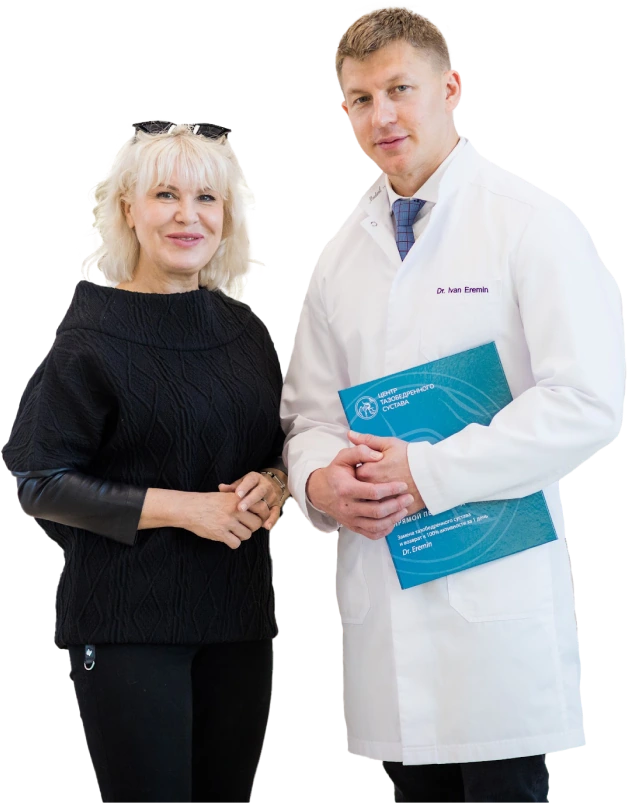
Don’t let joint pain define your life
Give yourself freedom of movement without restrictions
Over 5 years, using the DAA method, we returned more than 3 thousand patients to an active life.



